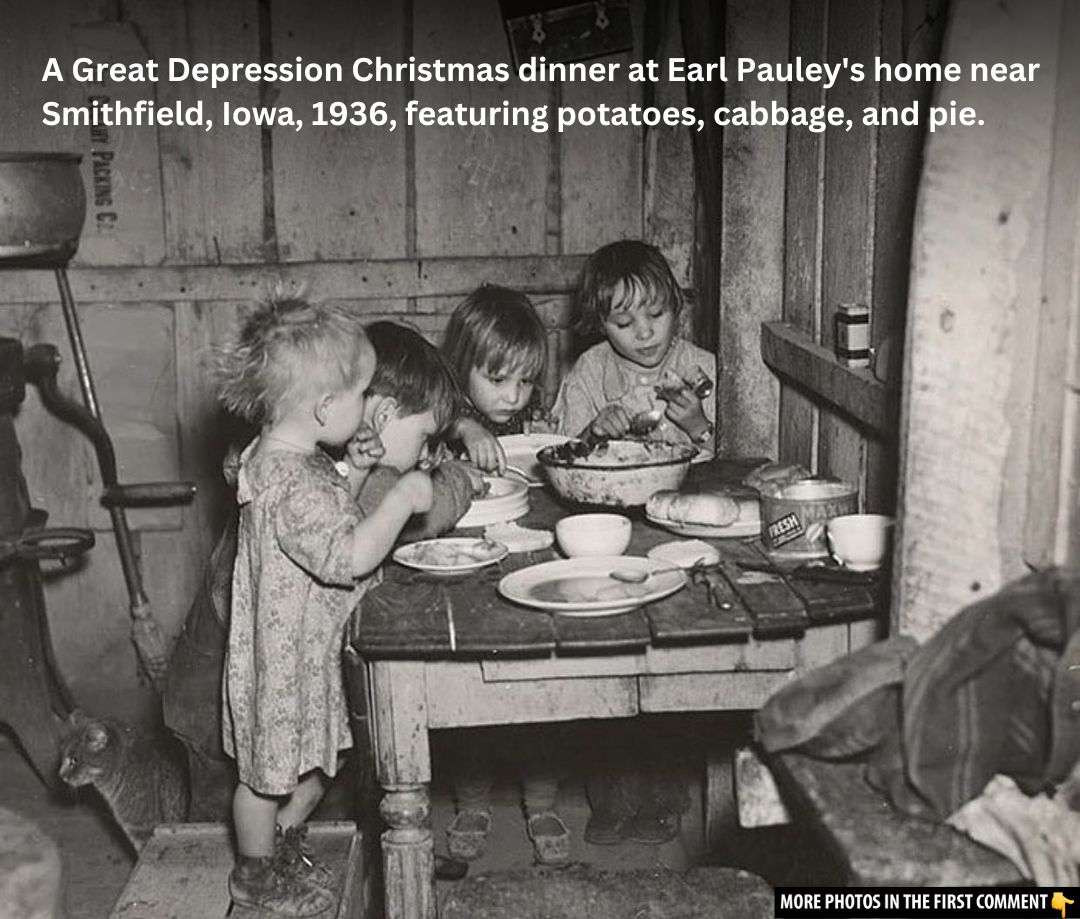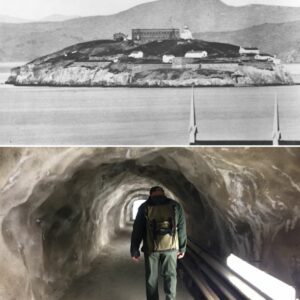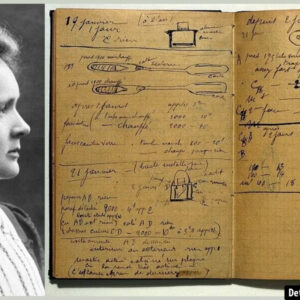The Great Depression was a defining chapter in American history, shaping the lives of millions and leaving an indelible mark on the nation’s future. From the devastating stock market crash to the widespread unemployment and poverty, this dark period was captured in a series of poignant photographs that tell the story of hardship, resilience, and hope. These images not only document the struggles of everyday Americans but also serve as a powerful reminder of the human spirit in the face of adversity.
The Spark that Ignited the Crisis: The Stock Market Crash
The Great Depression began with the infamous stock market crash in 1929, a day that came to be known as Black Tuesday. What initially appeared to be a short-term market correction soon spiraled into a global financial crisis. Stock values plummeted, businesses collapsed, and banks failed. The country went from a period of seemingly unstoppable prosperity in the 1920s, often referred to as the “Roaring Twenties,” to one of utter despair.
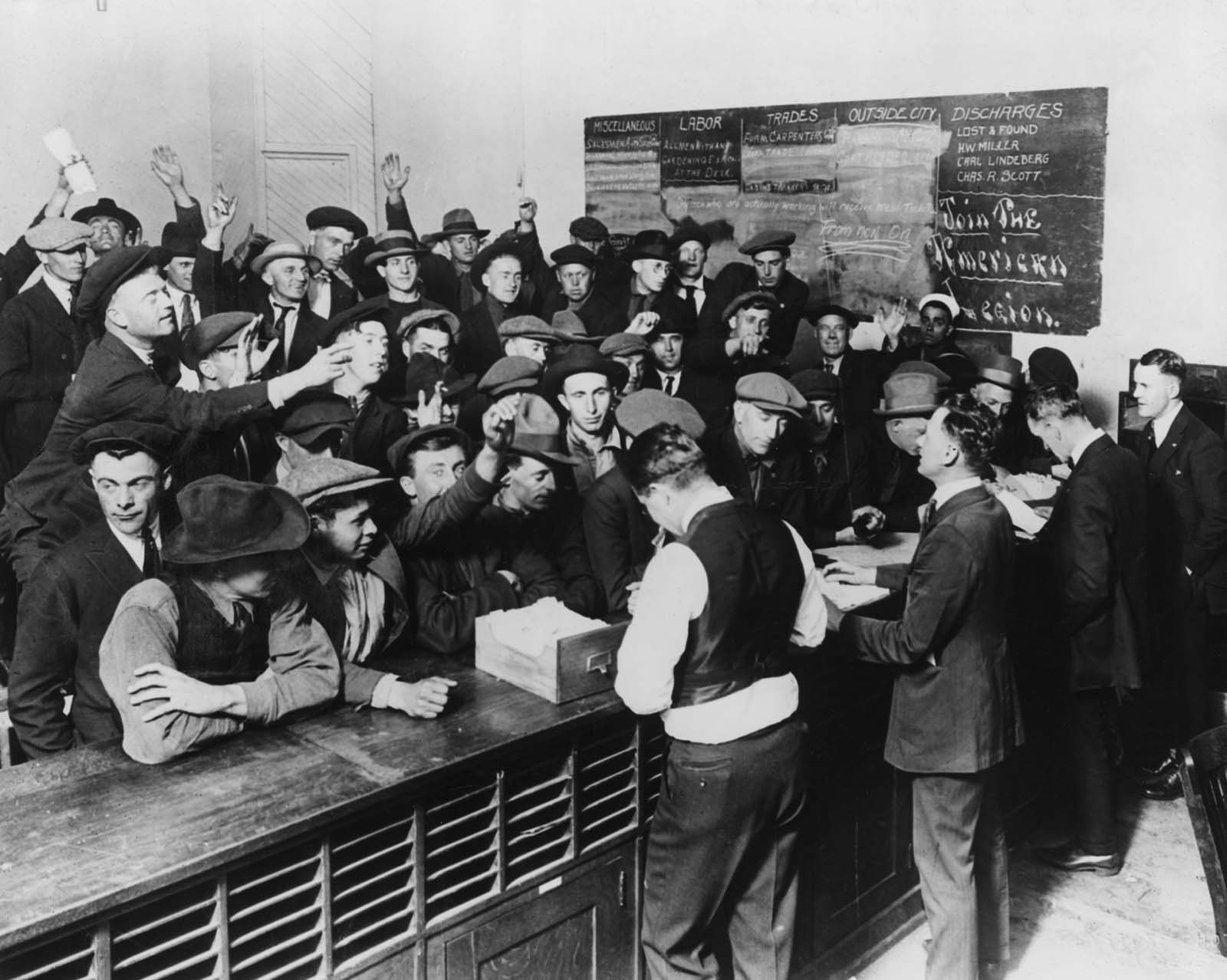
As the stock market crash reverberated through the financial system, the ripple effects were felt across industries. Unemployment soared as businesses failed and workers were laid off. The country’s once-thriving manufacturing sectors came to a halt, leading to an economic freefall that would continue for years. In the midst of this financial chaos, the United States faced other crises, including regional banking panics and international financial upheaval. The magnitude of the economic collapse would lead to a decade of hardship that impacted millions of Americans.
Video
Watch History Brief: Daily Life in the 1930s to explore what life was like during the Great Depression. A fascinating look into this challenging era!
Images of Struggle: Daily Life During the Depression
While the economic figures and statistics tell the story of a collapsing system, the photographs from the time vividly illustrate the human cost of the Great Depression. Images of families huddled together in makeshift homes, long lines of men waiting for work at unemployment offices, and farmers struggling to keep their land are just a few of the powerful photographs that documented the struggle of everyday Americans. These images, some of the most iconic in American history, offer a poignant reminder of the immense hardships faced by so many.
One particularly striking image shows a cotton sharecropper with his family in Hale County, Alabama, in 1935. The family’s poverty is evident, and the image speaks to the larger systemic problems of rural poverty and exploitation. Such photographs became important tools in raising awareness about the conditions facing America’s most vulnerable citizens, particularly in the South.
The Human Cost: The Impact on Unemployment and Homelessness
Unemployment reached staggering levels during the Great Depression, with approximately 25 percent of Americans out of work by 1933. This crisis led to the creation of “Hoovervilles,” makeshift shantytowns named derisively after President Herbert Hoover, who was widely blamed for the country’s economic collapse. These shantytowns were built on public land, often in city parks, as homeless families sought shelter. The images of these areas, with their ramshackle huts and families living in dire conditions, became synonymous with the suffering endured by millions.
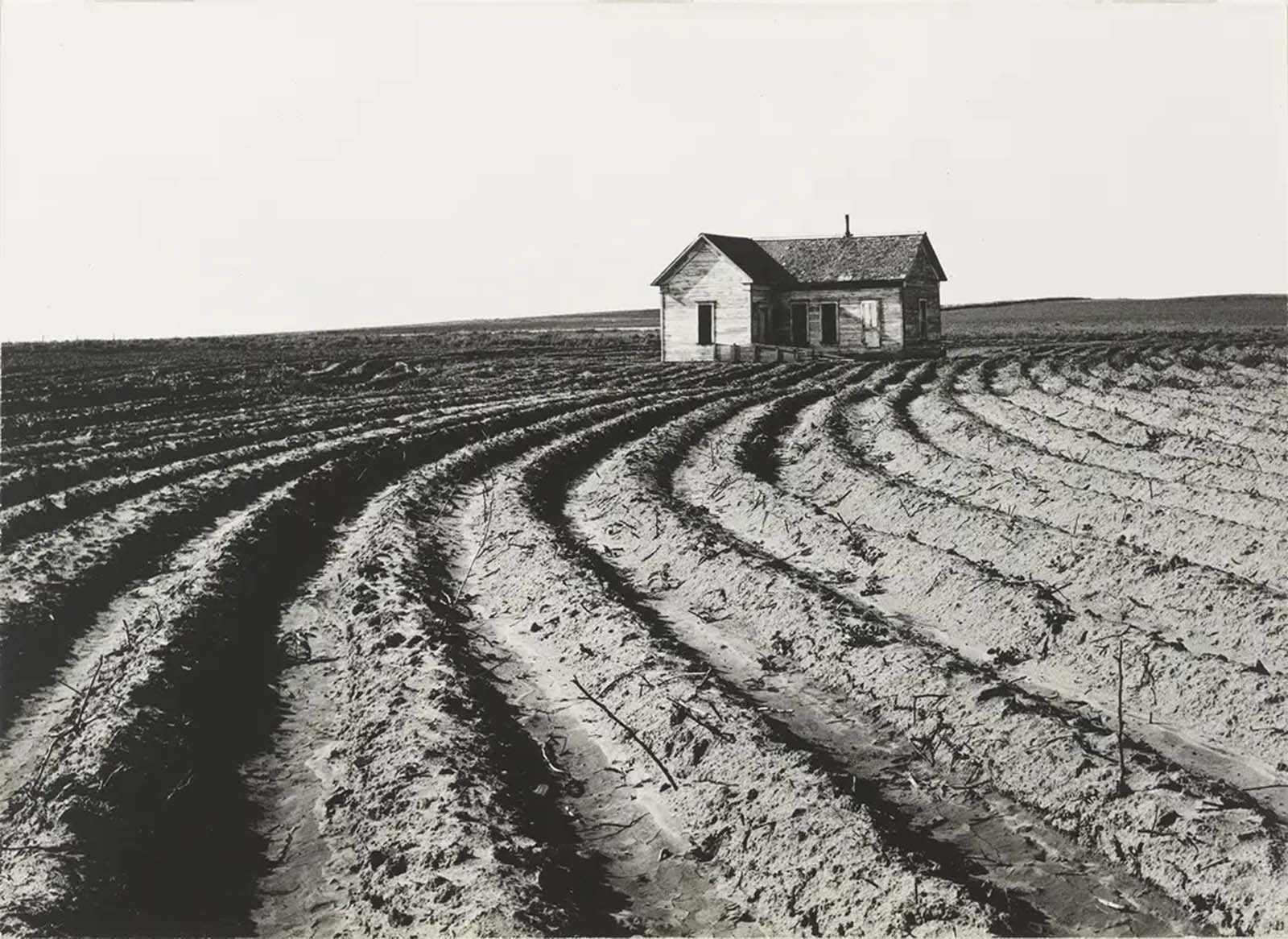
One of the most iconic images from this period shows a group of men lined up outside a soup kitchen in Chicago, operated by the infamous gangster Al Capone. While it may seem an unlikely association, Capone’s role in providing aid to the destitute during the Depression was one of the few lifelines for those in need, as official relief programs were overwhelmed. The image of men awaiting food encapsulates the dire straits faced by many across the nation, underscoring the widespread poverty and lack of government resources.

Agricultural Devastation: The Drought and The Okies
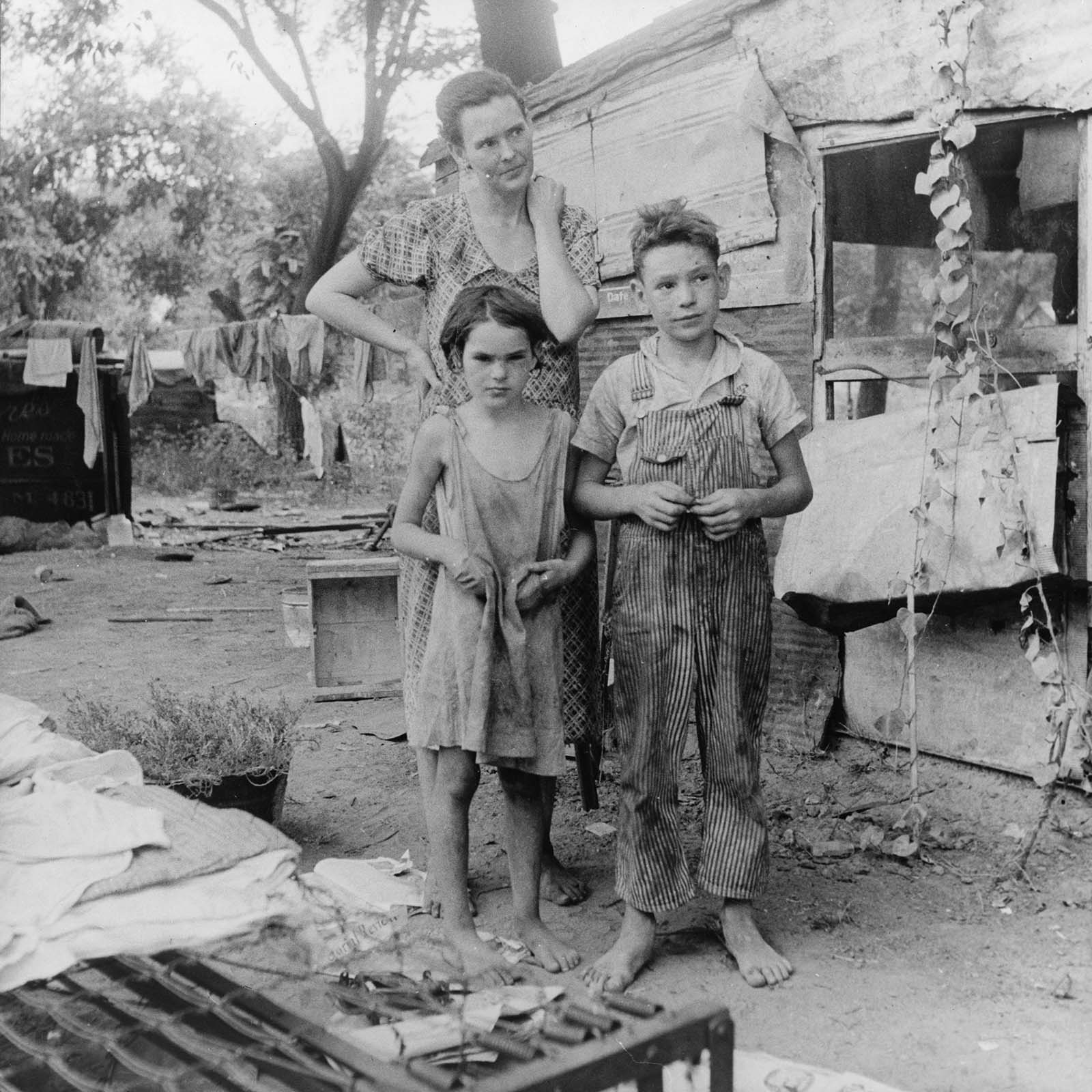
The agricultural heartland of America bore much of the weight of the Great Depression. Crop prices plummeted, and many farmers were left with worthless crops. This, combined with the Dust Bowl—a series of devastating droughts that affected the central United States—created the perfect storm for rural Americans. Thousands of farmers lost their land and homes, and many, known as “Okies,” packed their families and belongings into old cars, hoping to find work in California. The hope of plentiful jobs, often advertised in posters, led them to believe they would find a better life. Instead, they were met with even more hardship.
The famous image of a poor mother standing with her two children in Oklahoma in 1936 speaks volumes about the human cost of the Great Depression. This haunting image shows the resilience of a family struggling to survive, yet also highlights the crushing hopelessness that pervaded many lives during that time. For these families, the promise of a better future often turned out to be a mirage, as they faced prejudice and exploitation in their search for work.
Social Programs and New Deal Innovations
In response to the economic disaster, President Franklin D. Roosevelt introduced the New Deal, a series of government programs designed to provide relief, recovery, and reform. The New Deal’s focus on social welfare programs, including unemployment insurance, Social Security, and public works projects, helped millions of Americans survive the Depression.

One of the more significant photographs from this time shows a public health nurse from the Child Welfare Service visiting a shanty home for a checkup. The nurse’s presence symbolizes the government’s attempt to reach out to the most vulnerable citizens, offering some form of care in an era when many were left to fend for themselves. While the New Deal did not end the Depression, it laid the foundation for a more interventionist government and social safety net, which continues to shape American policy today.
Rebuilding the Nation: World War II’s Role in Recovery
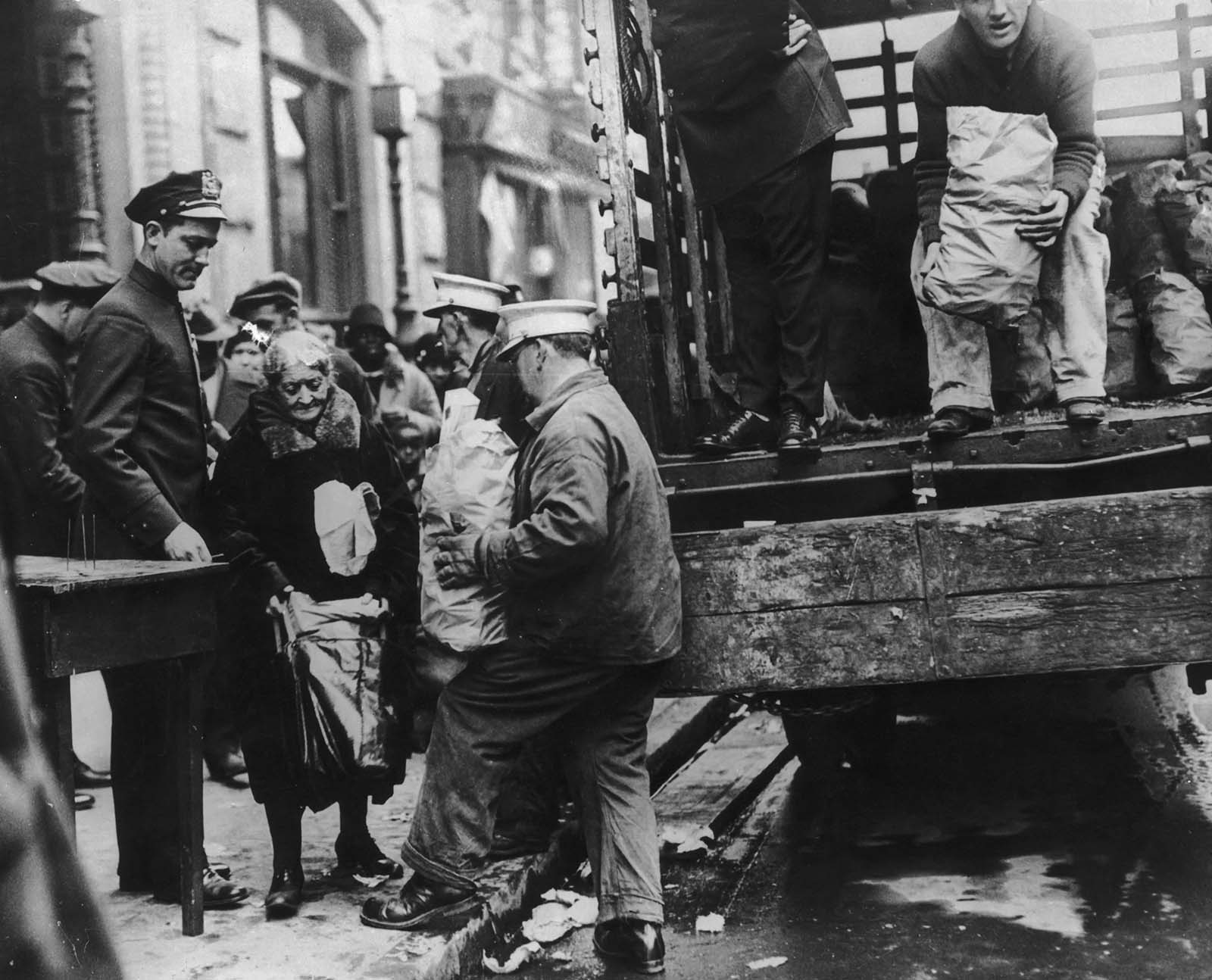
The true end of the Great Depression came with the onset of World War II. As the U.S. ramped up its war production, industries flourished, and jobs were created, ending the massive unemployment that had plagued the country. The war effort sparked an economic recovery that restored industrial production and drastically reduced unemployment rates.
The imagery of wartime production, with men and women working in factories, often replaces the images of despair and hopelessness from the earlier years of the Depression. Women, especially, became a crucial part of the workforce during World War II, symbolized by the famous “Rosie the Riveter” poster, which depicted women working in factories. This shift not only marked the end of the Depression but also changed the social and gender dynamics of American life.
The Cultural Aftermath: Art, Literature, and Legacy
The Great Depression left an indelible mark on American culture. Writers like John Steinbeck, whose novels “The Grapes of Wrath” and “Of Mice and Men” captured the struggles of the era, helped shape the national consciousness about the hardships faced by millions. The power of these works lies in their ability to humanize the struggles of the common person, giving a voice to those who had been marginalized.
Photographs from this period, along with the literature, art, and music of the time, continue to serve as a powerful reminder of the resilience of the American people. The Depression may have scarred the nation, but it also helped forge a new identity, one rooted in the belief that, with the right policies and the will of the people, recovery was possible.
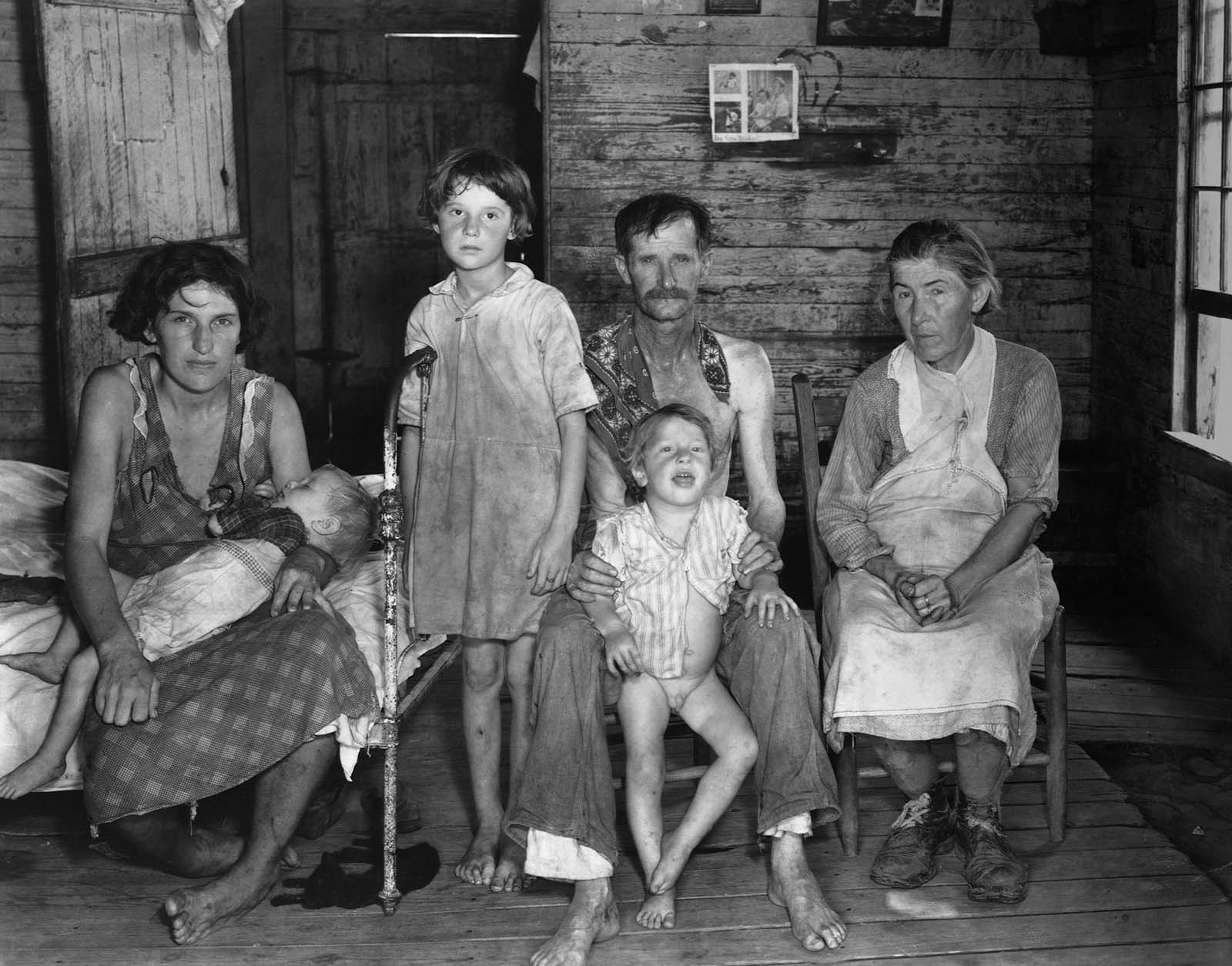
Gallery of Struggle and Hope: Iconic Photographs of the Great Depression
A gallery of the iconic images from the Great Depression captures the essence of an era marked by both despair and determination. From the stoic faces of unemployed men to the hopeful gaze of a family moving west in search of work, these images offer a poignant reminder of the resilience of the human spirit. Each photograph tells a story of hardship, sacrifice, and survival—stories that continue to resonate today as lessons from a painful, yet transformative, time in American history.

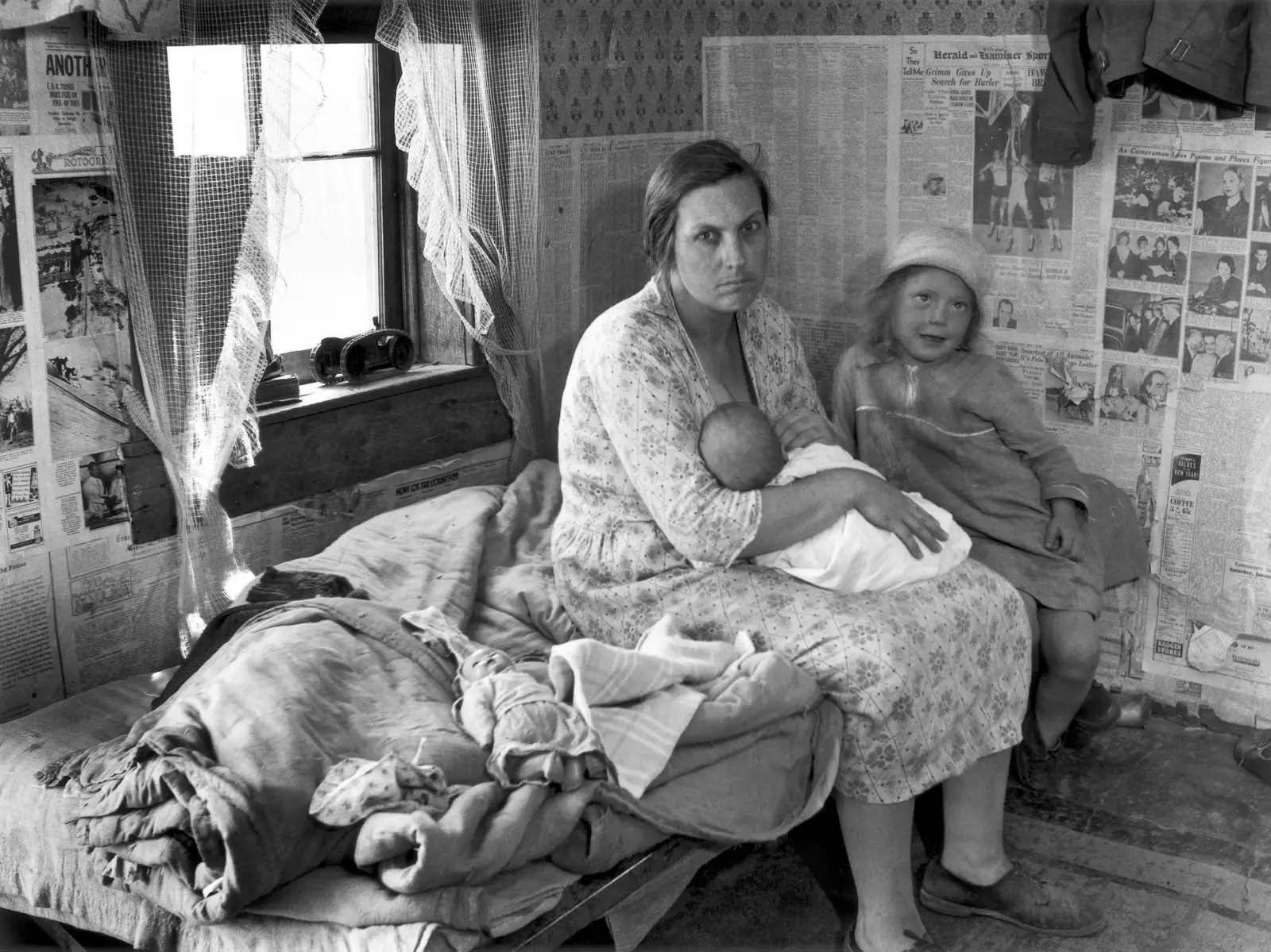

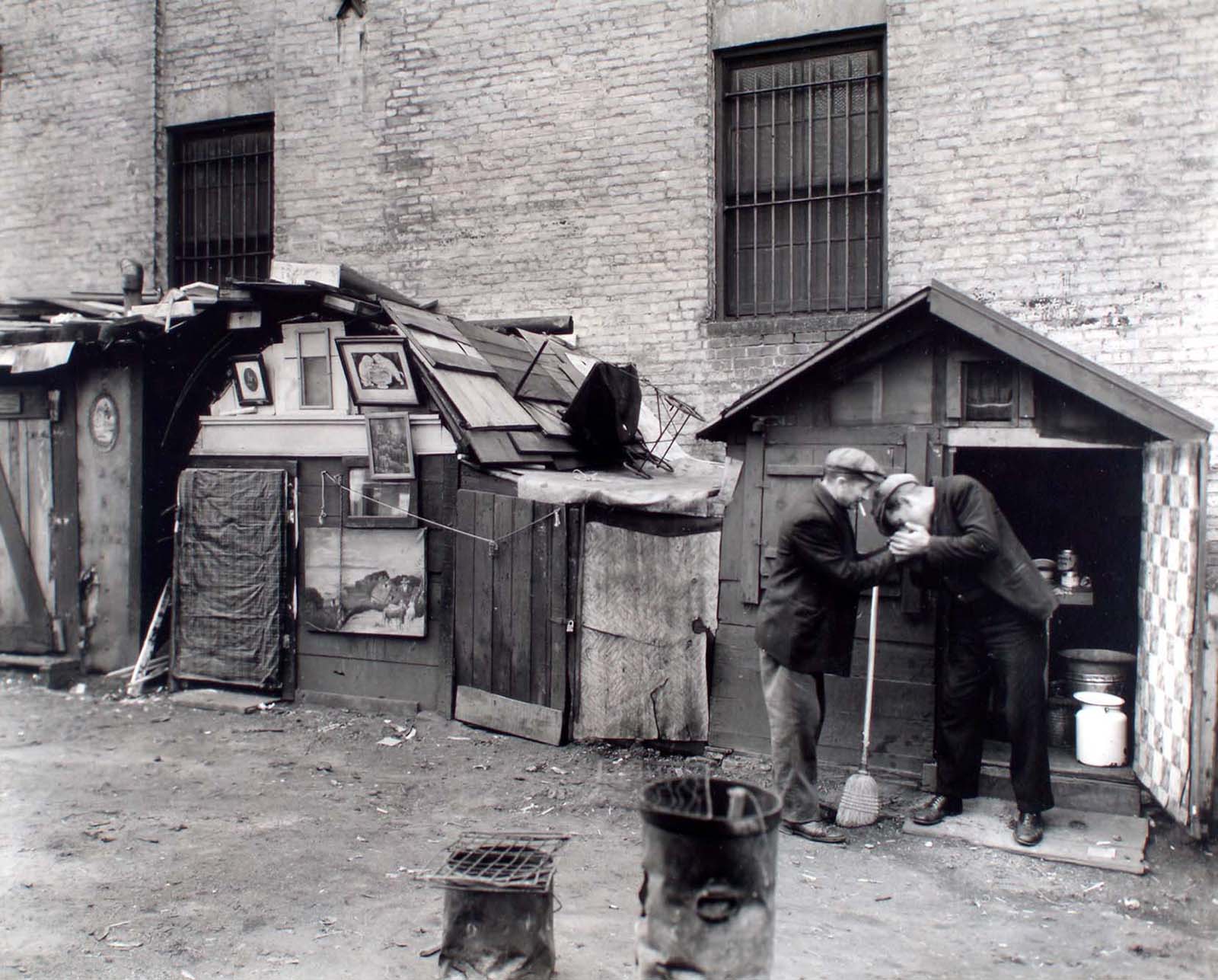
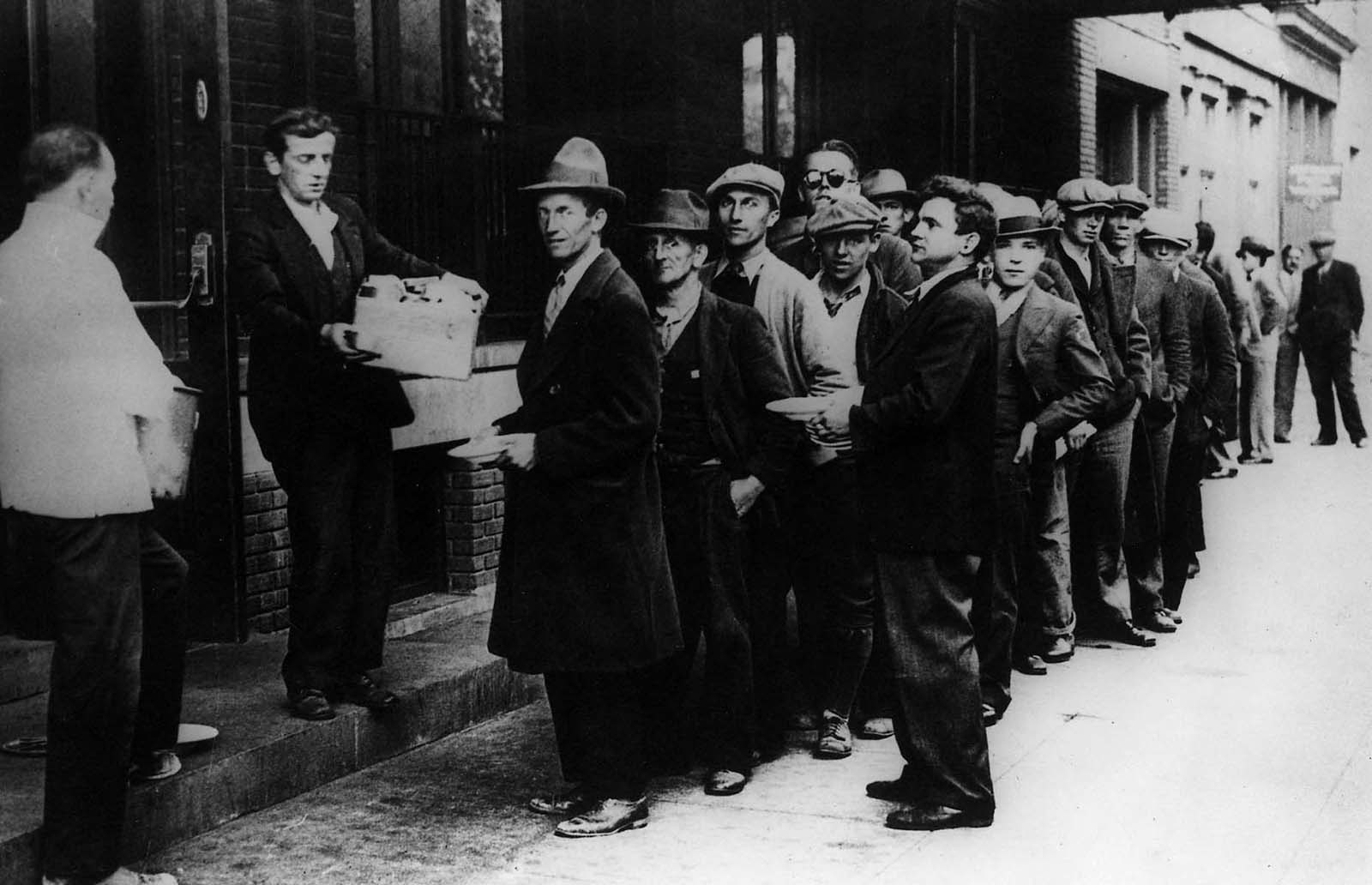
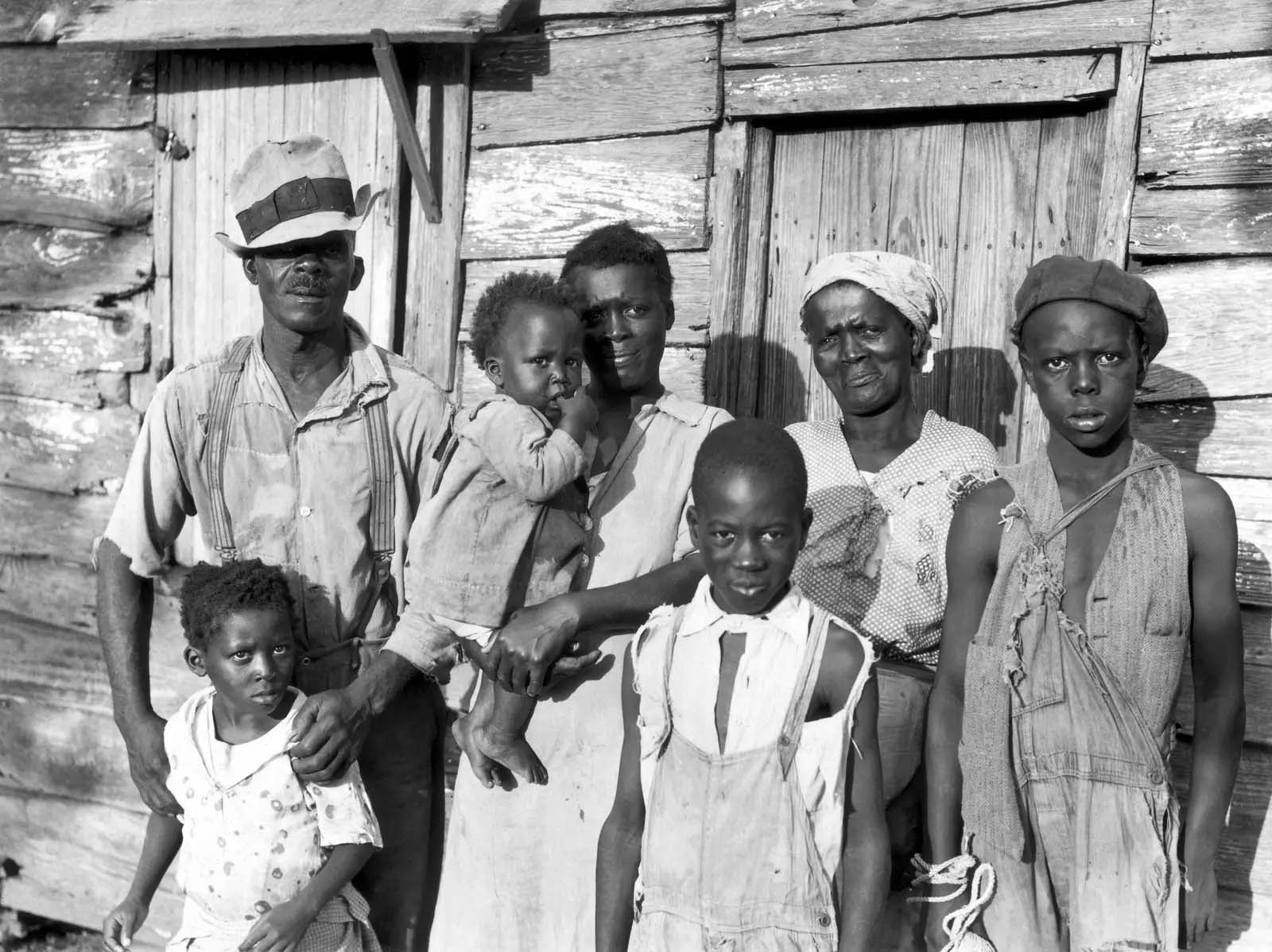
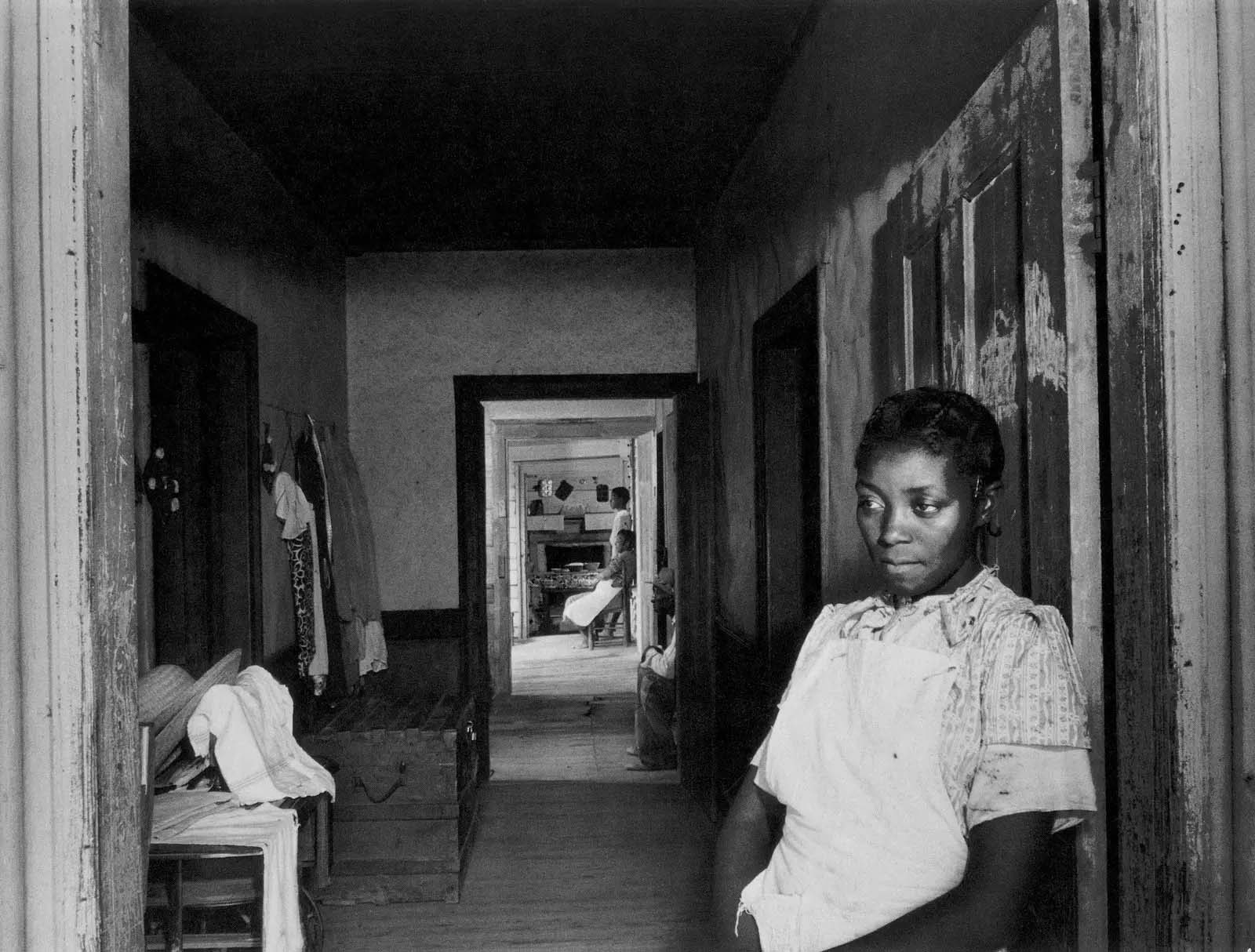
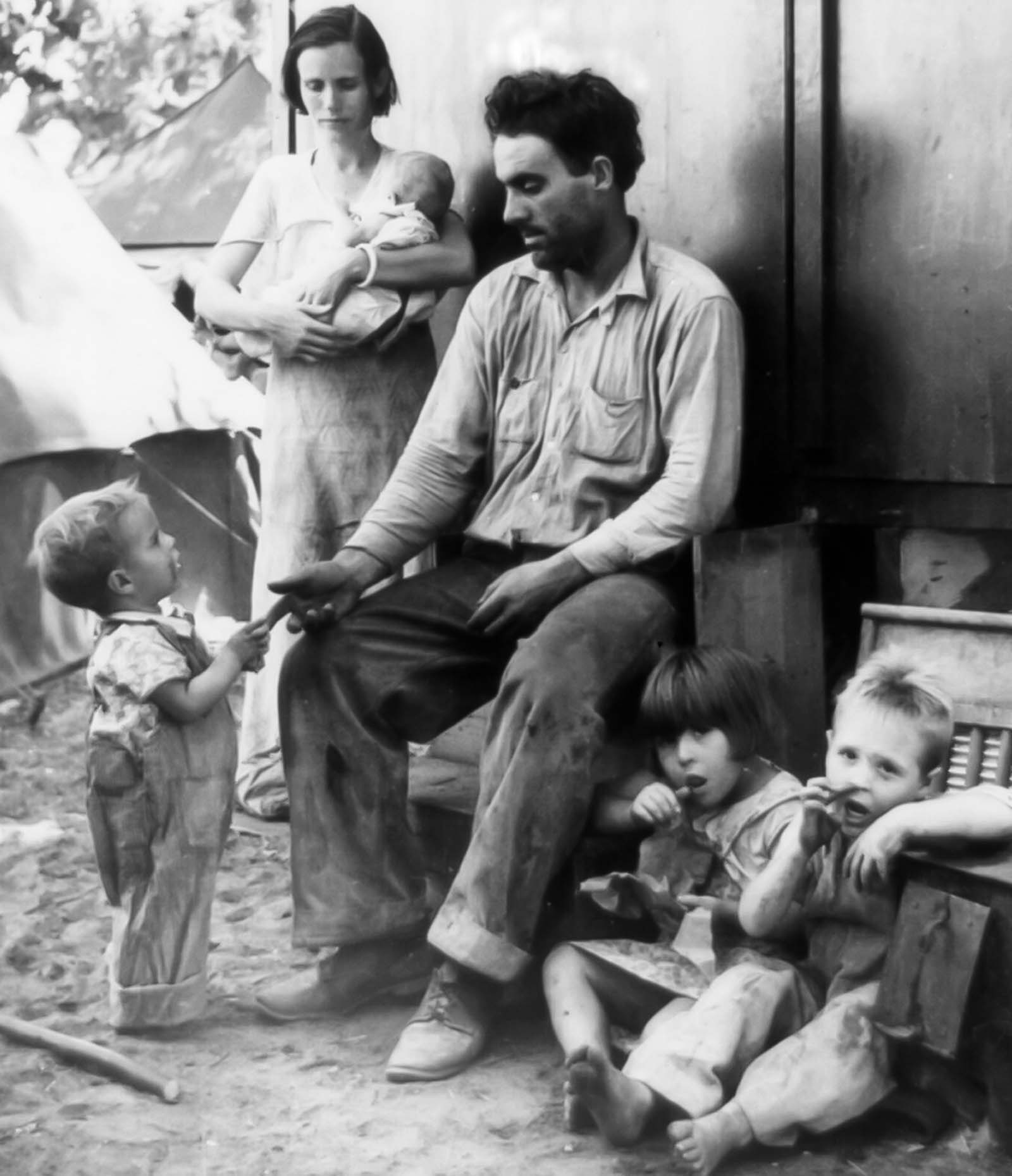

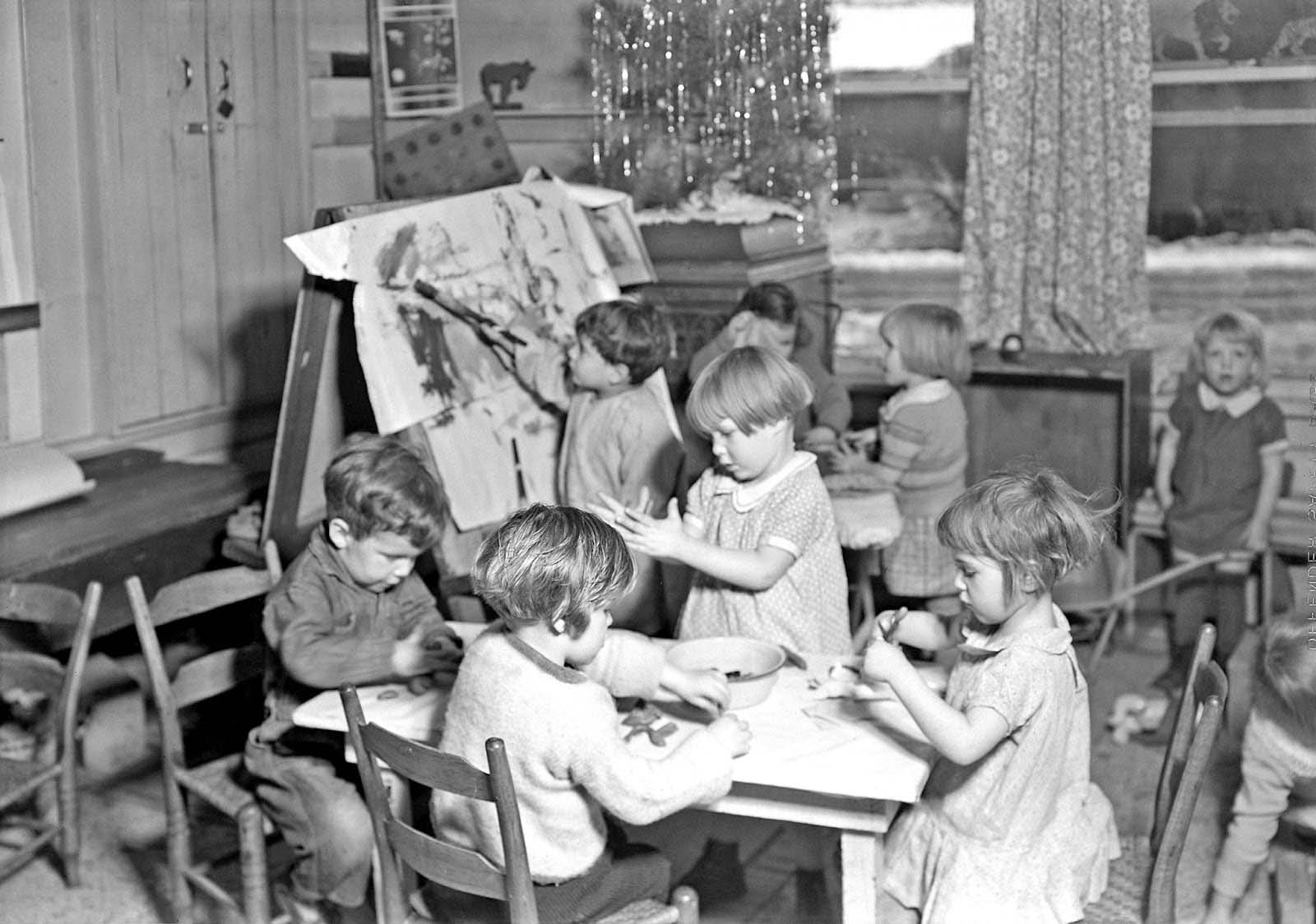

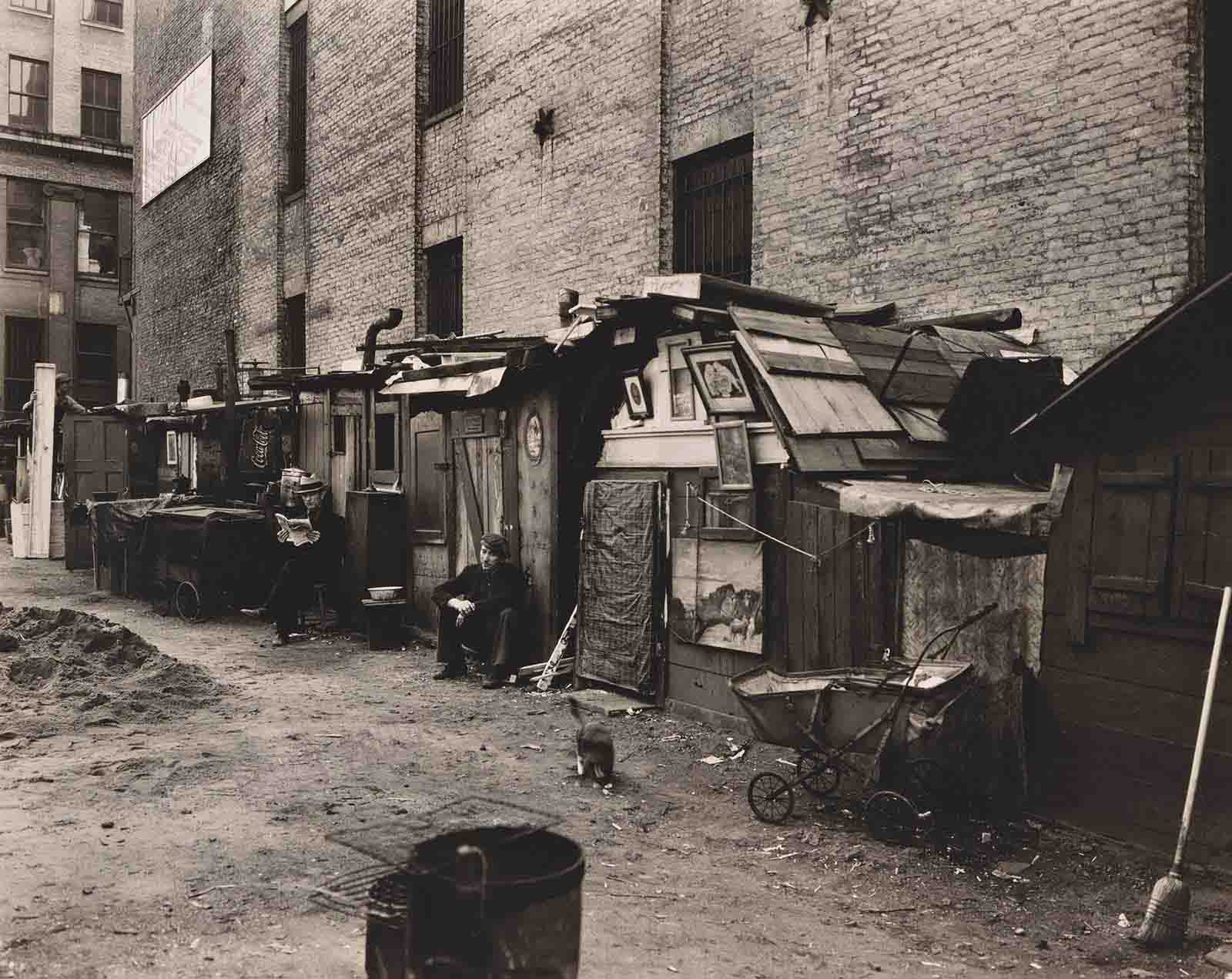
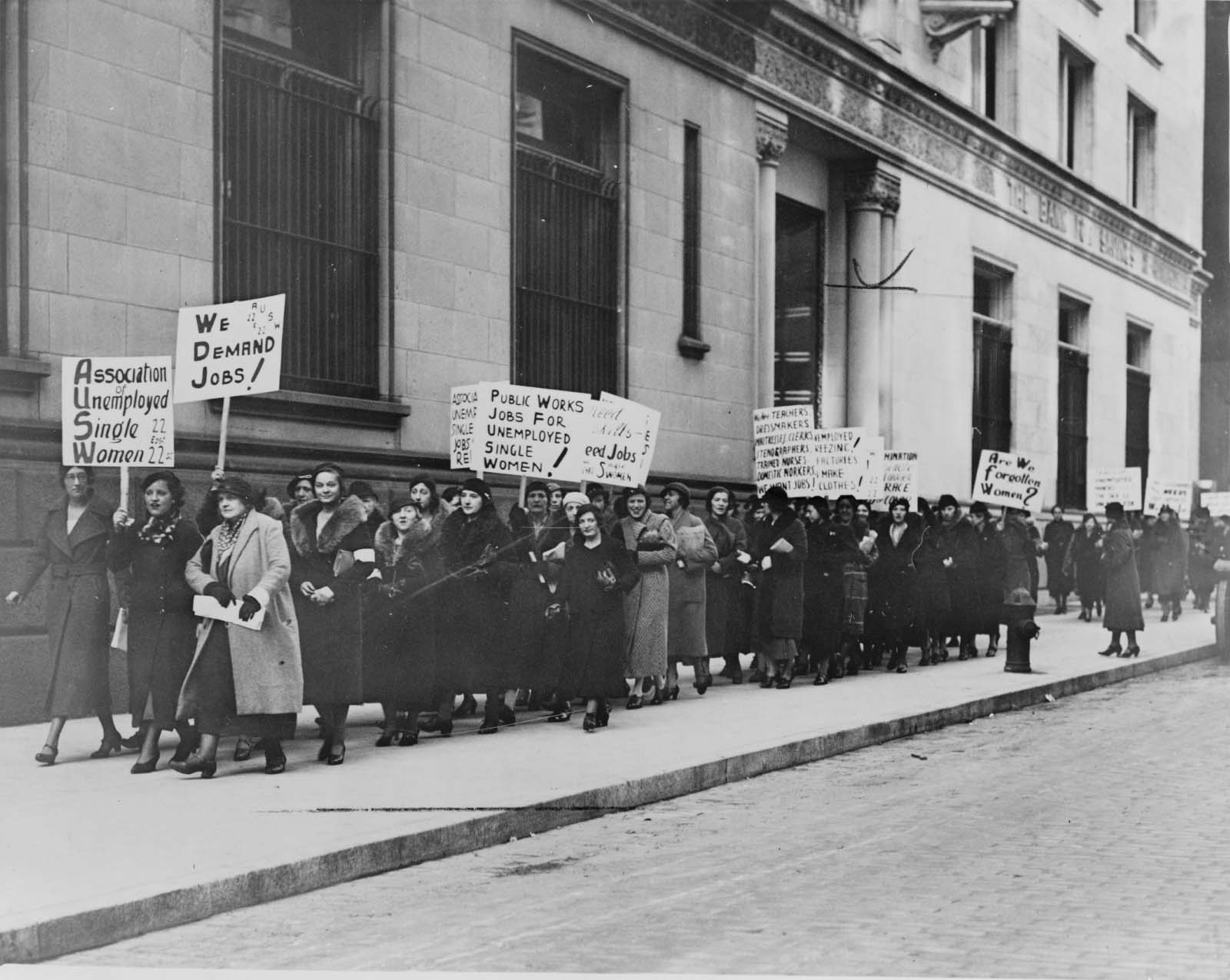
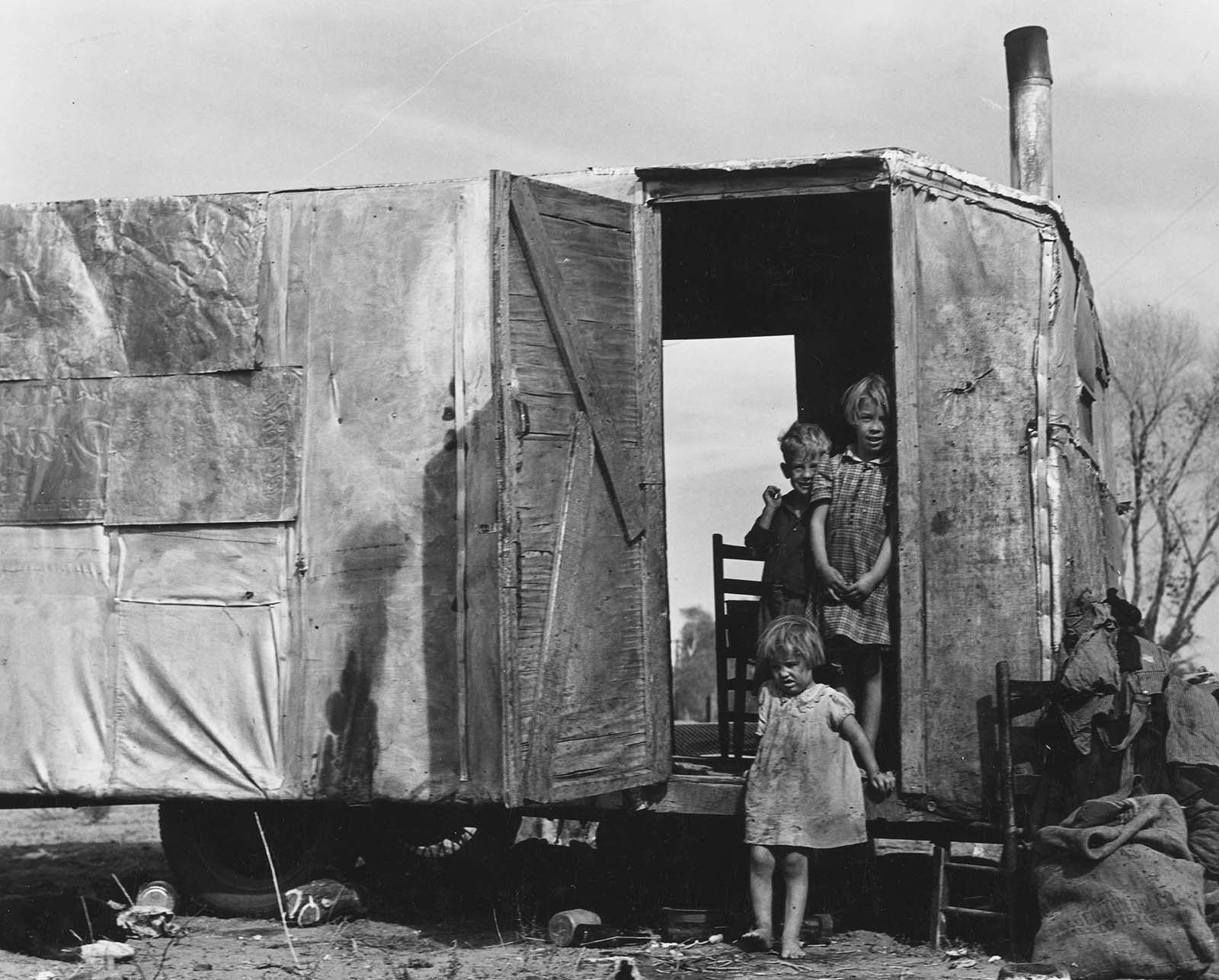
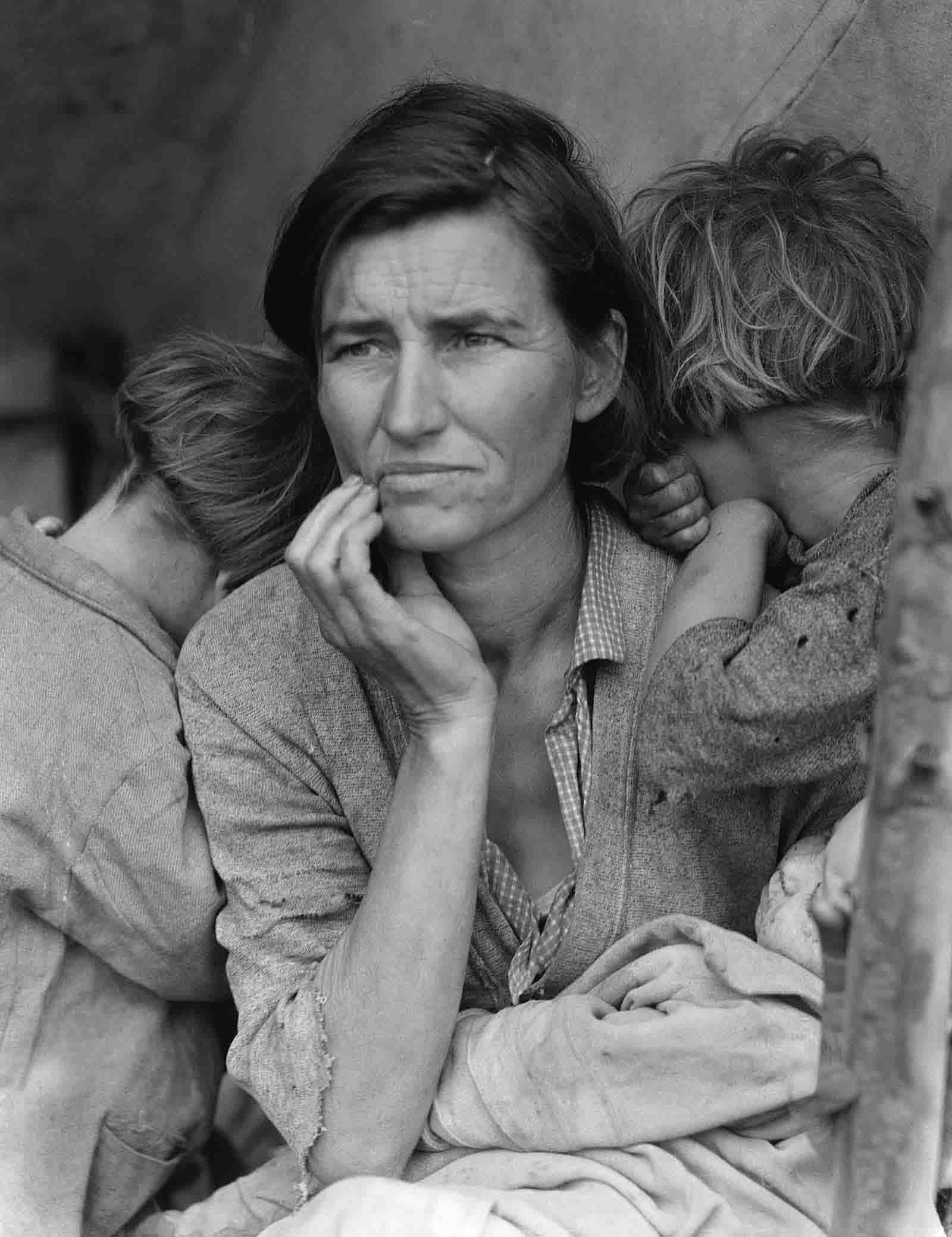

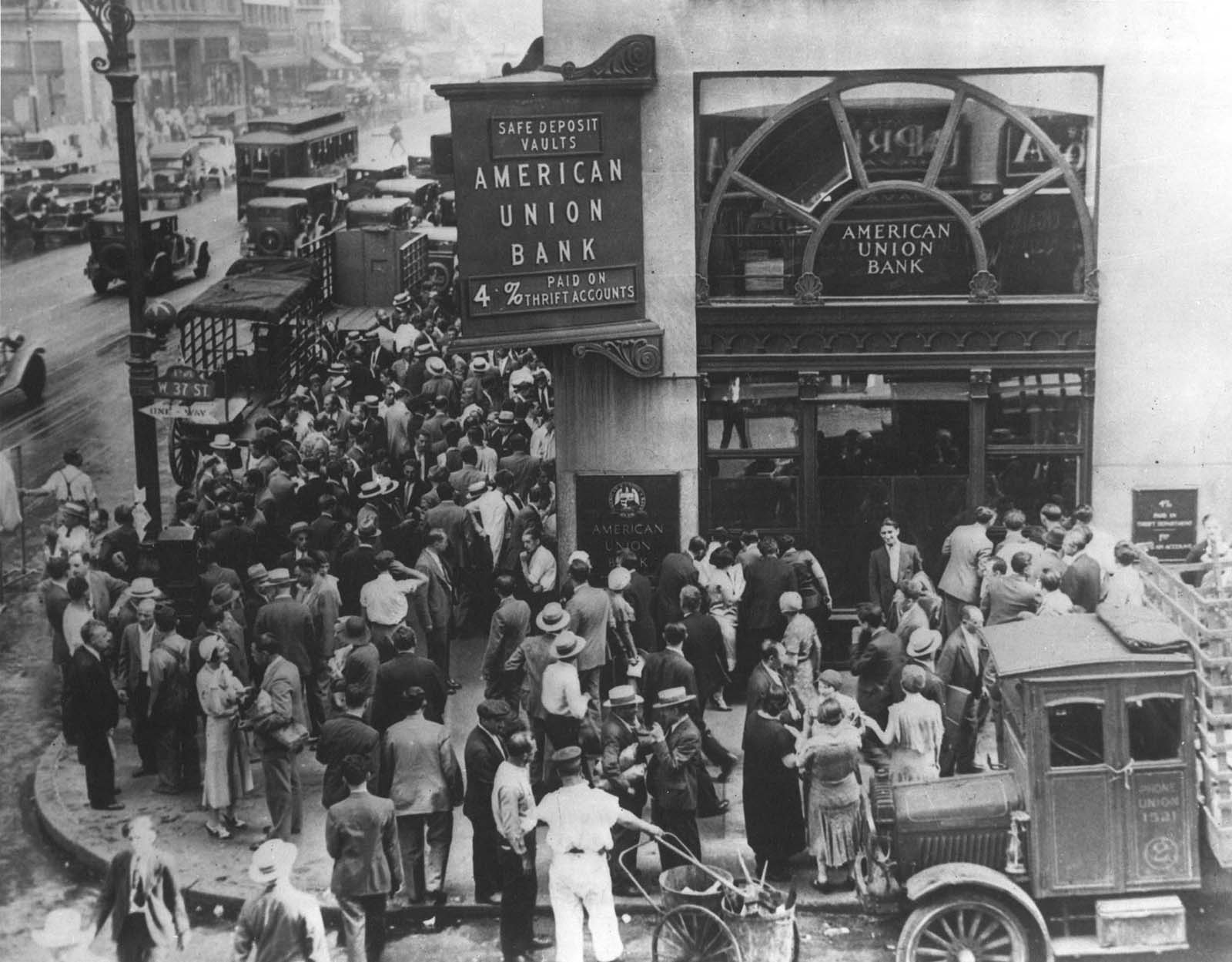
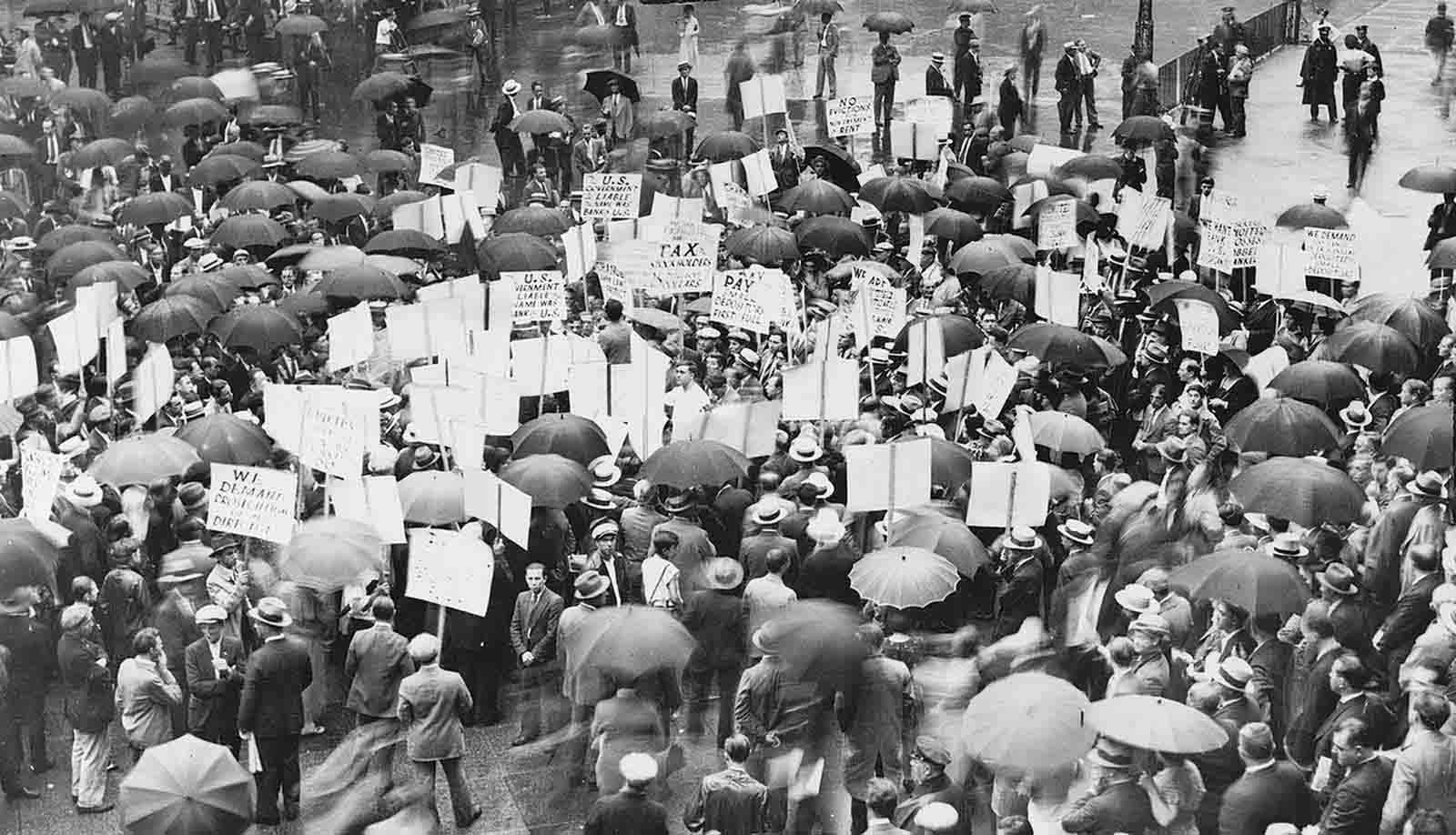
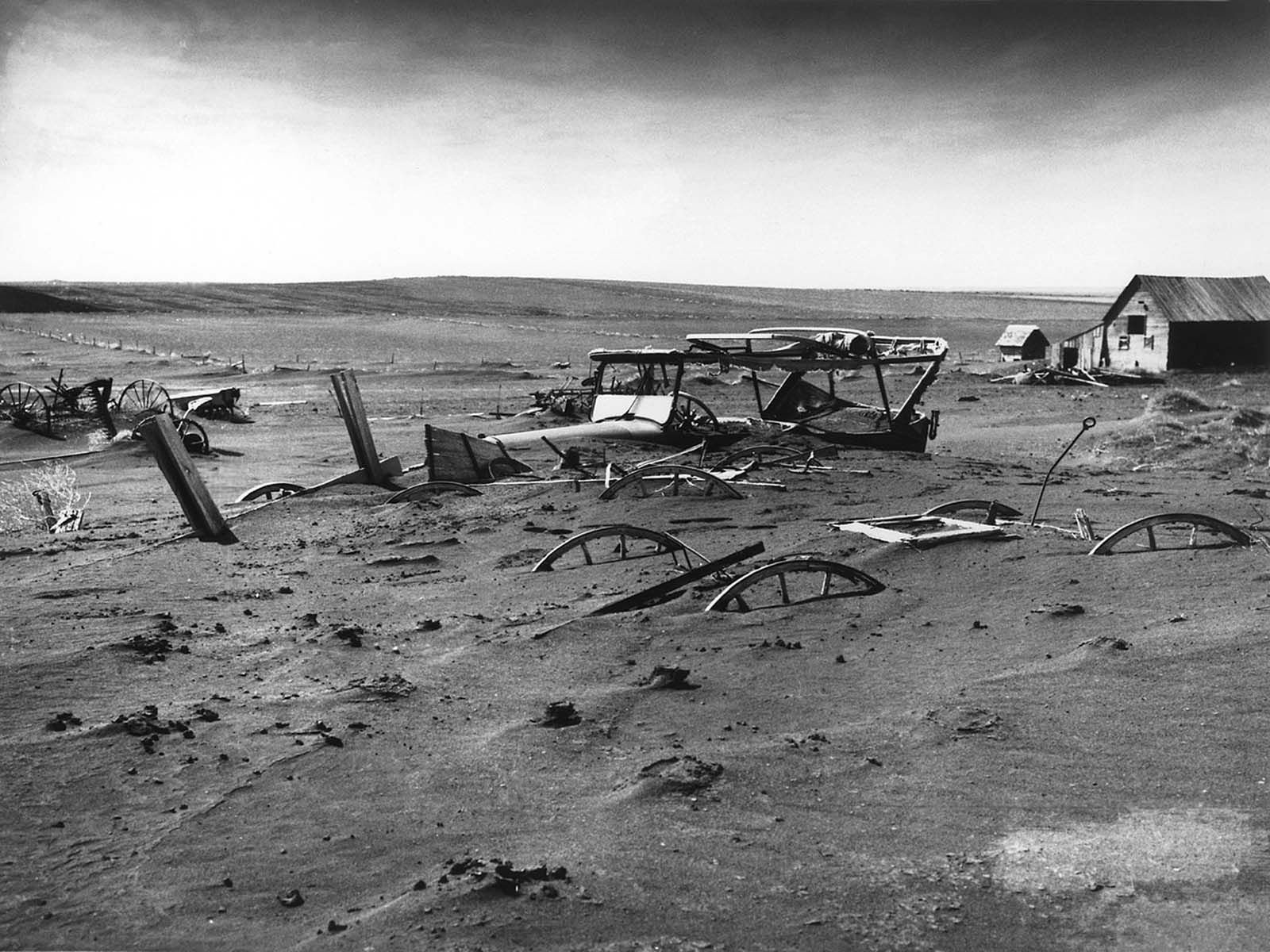
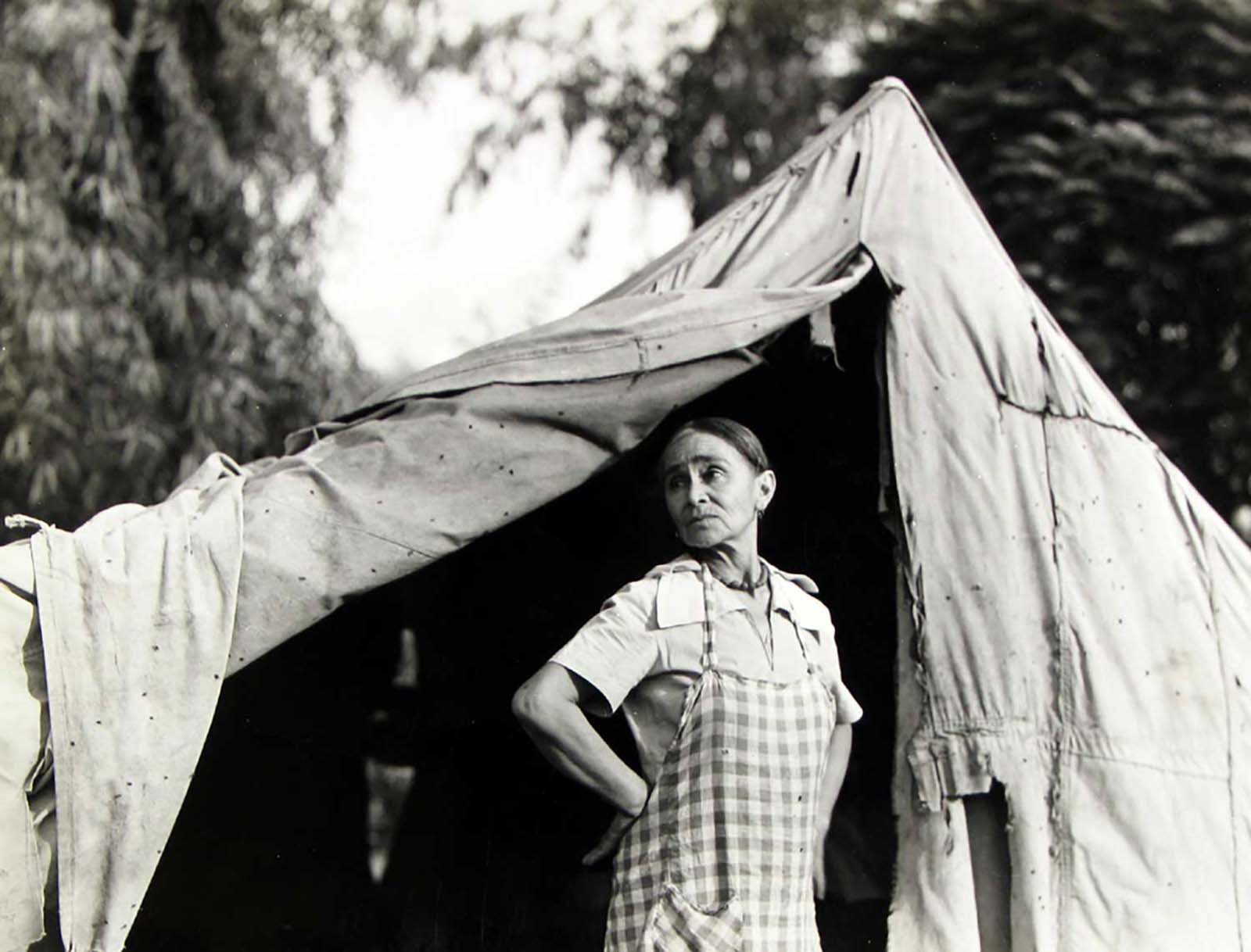
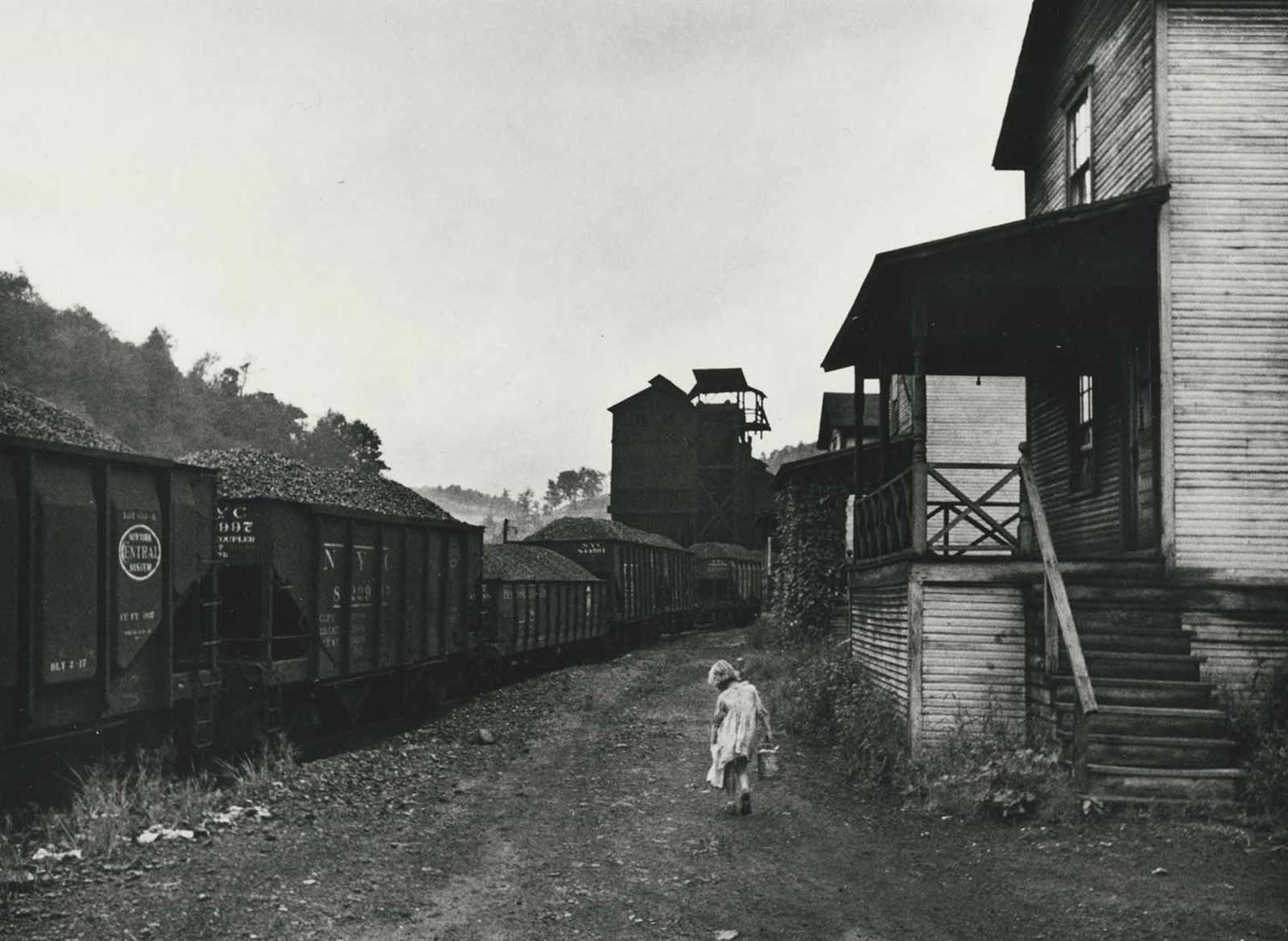

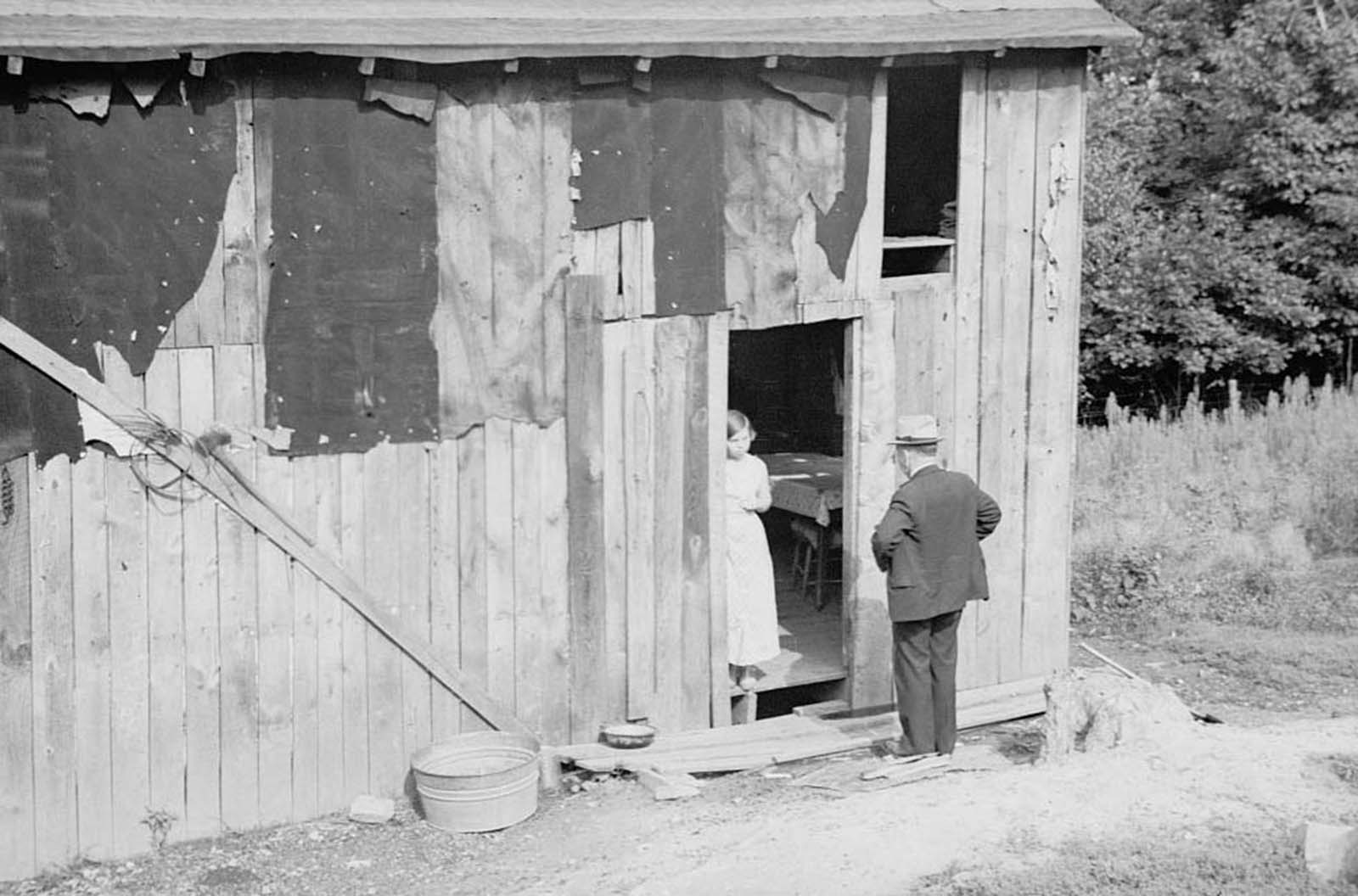

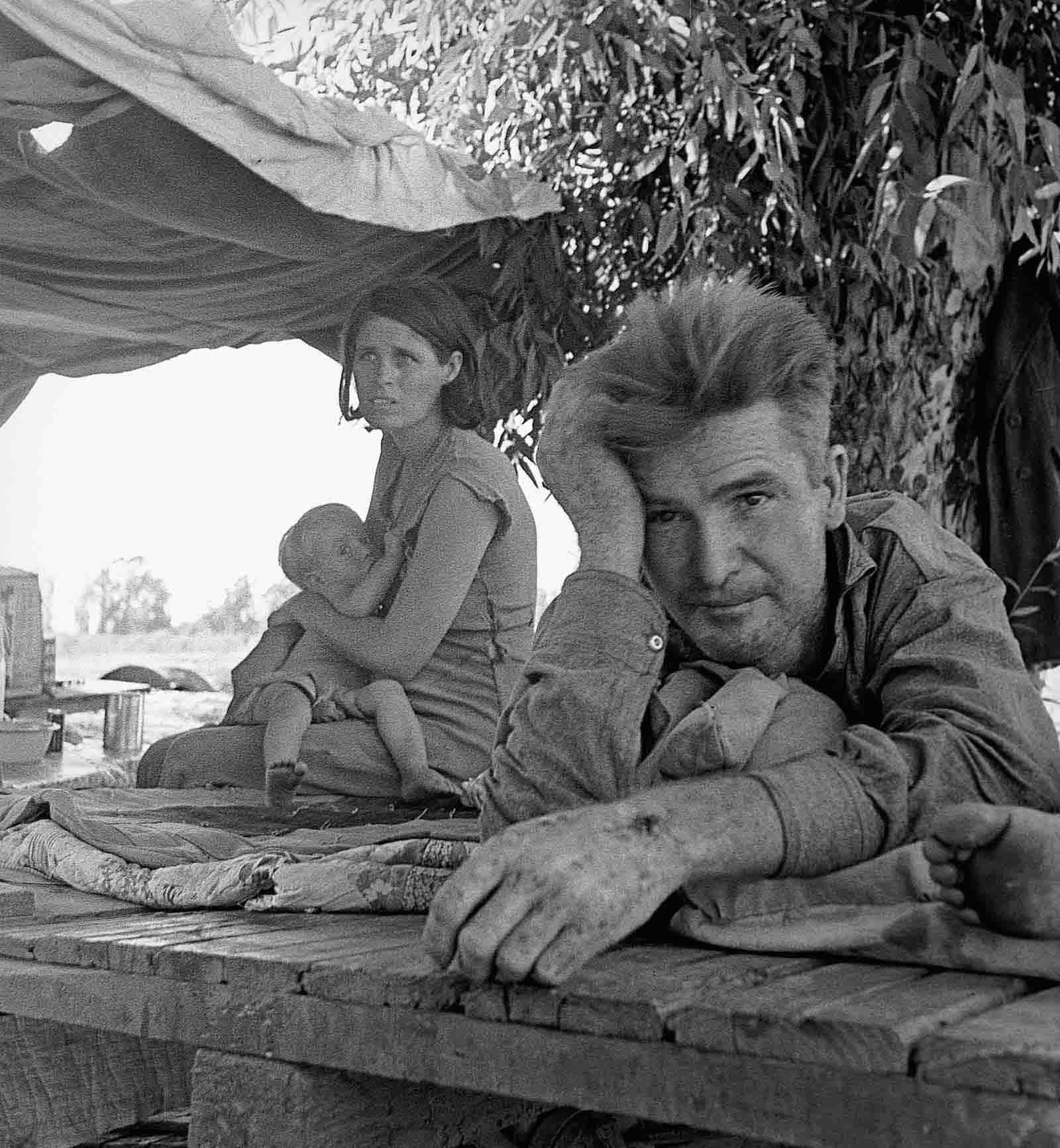




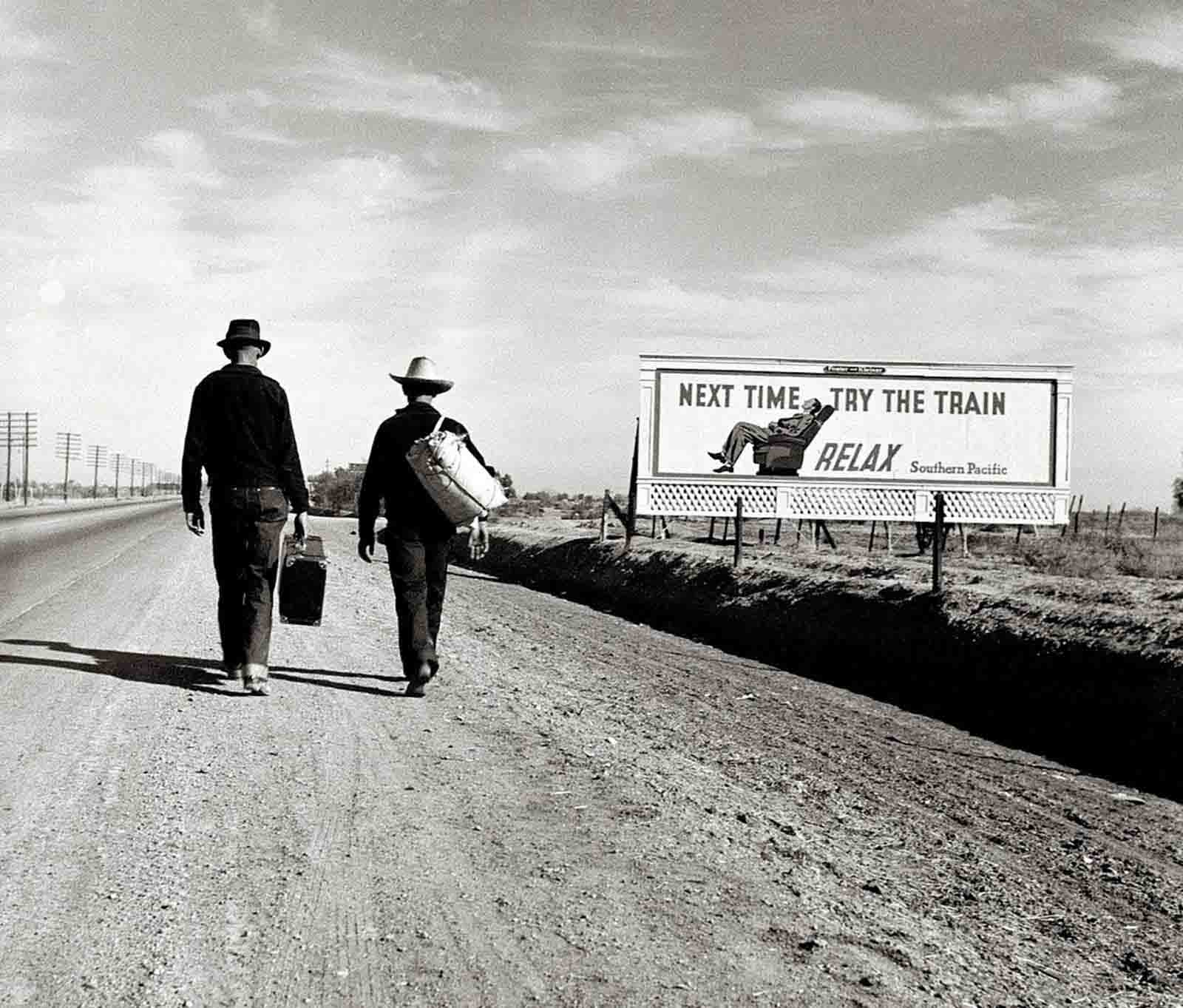
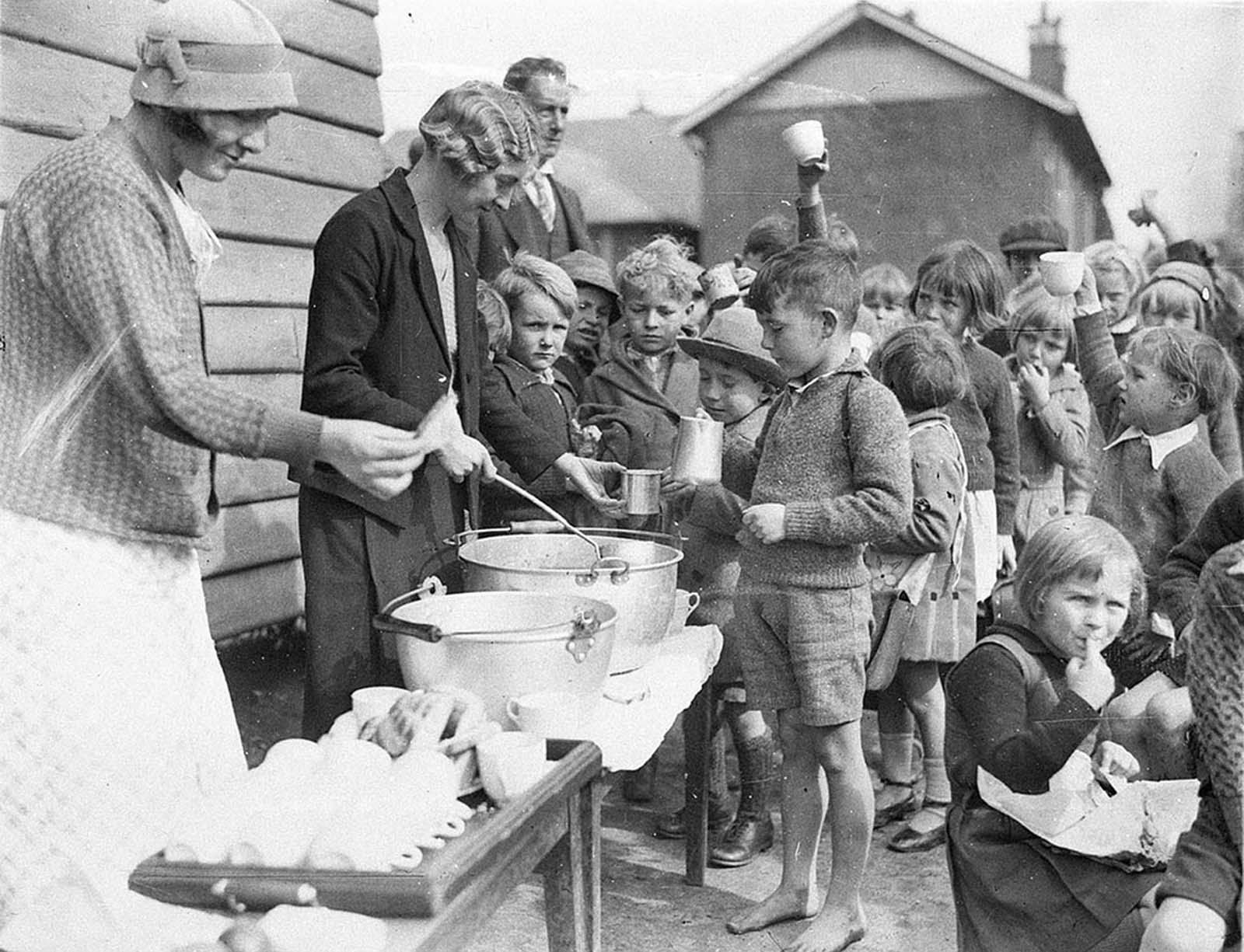
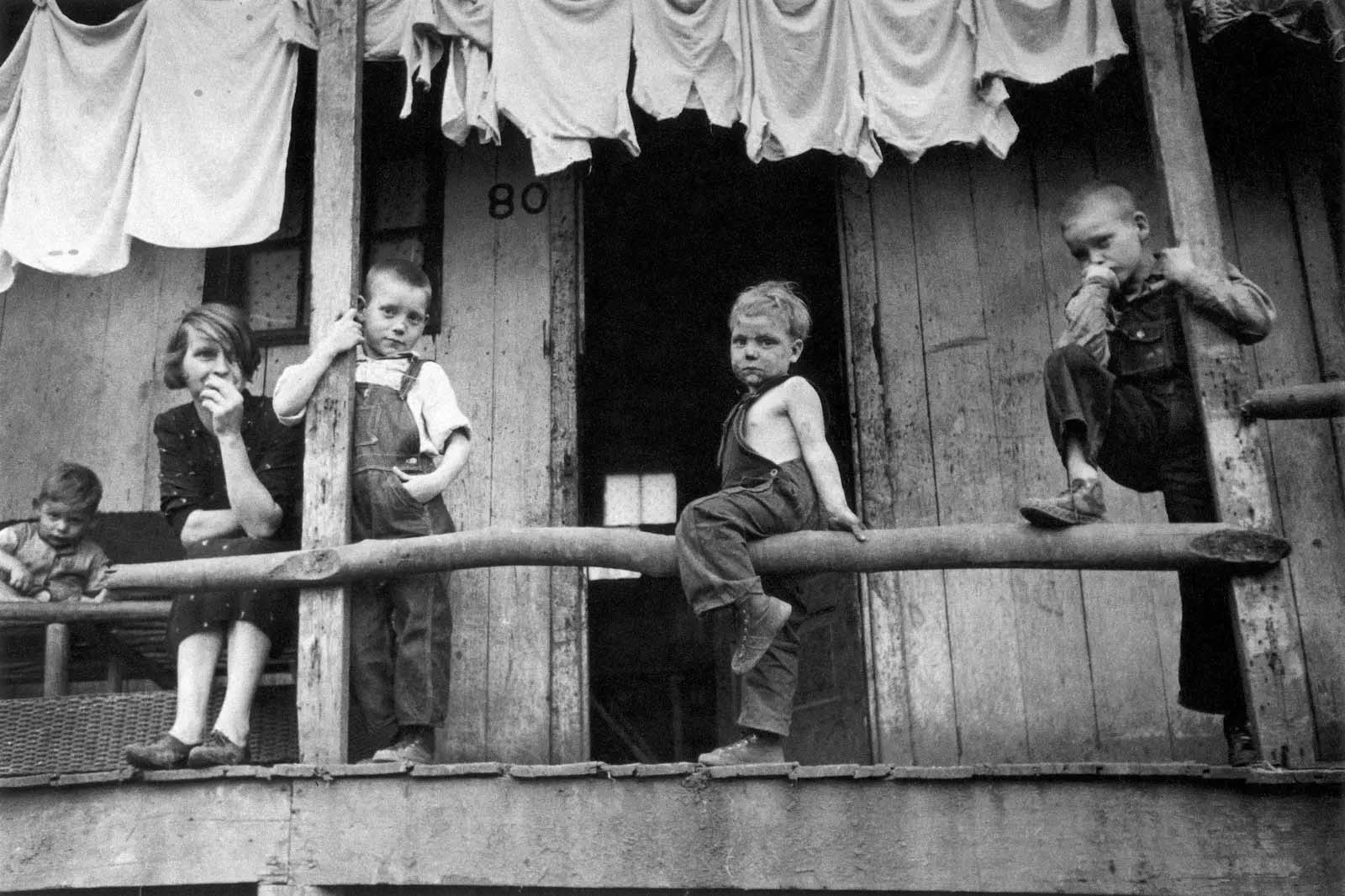
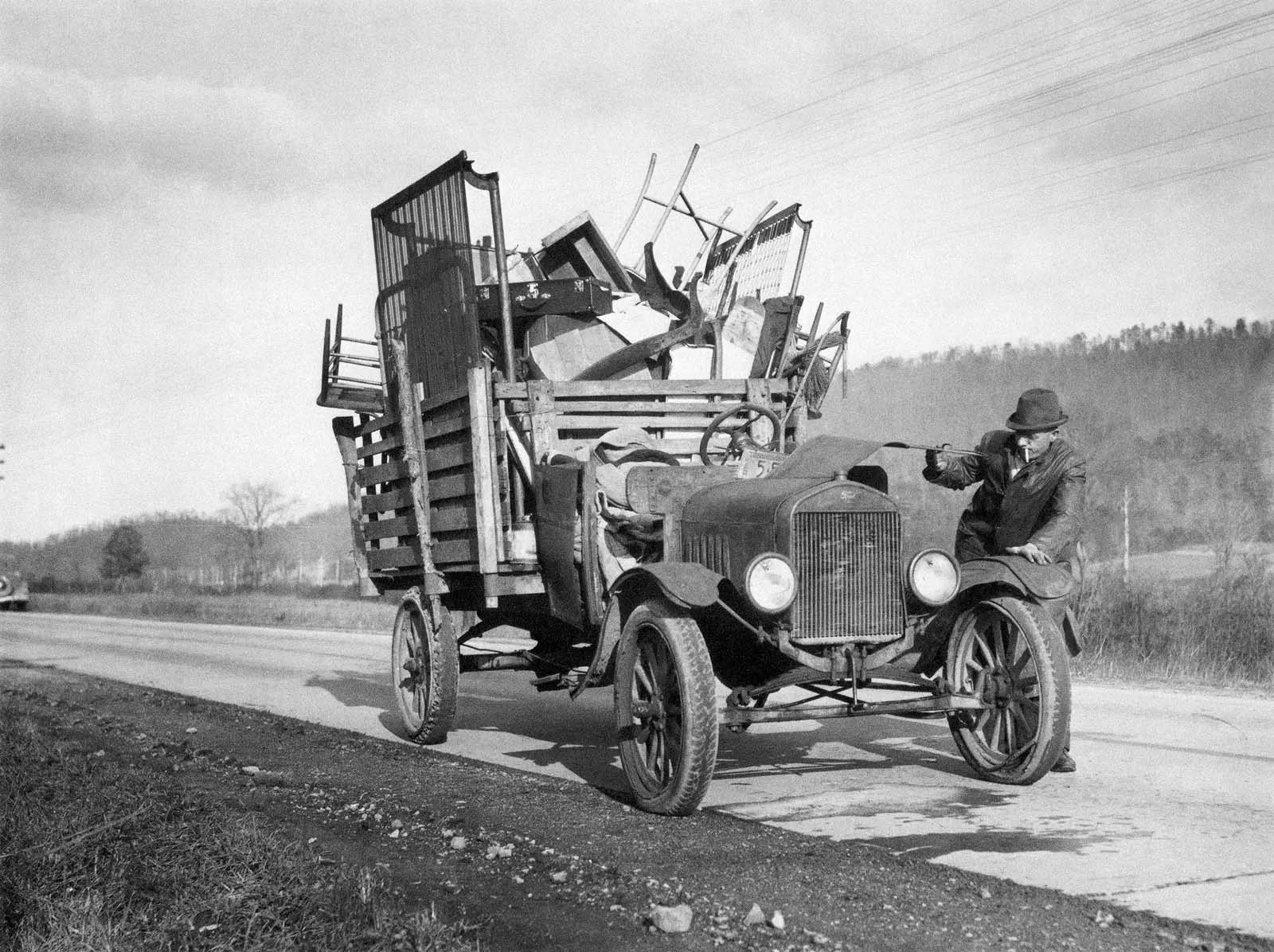
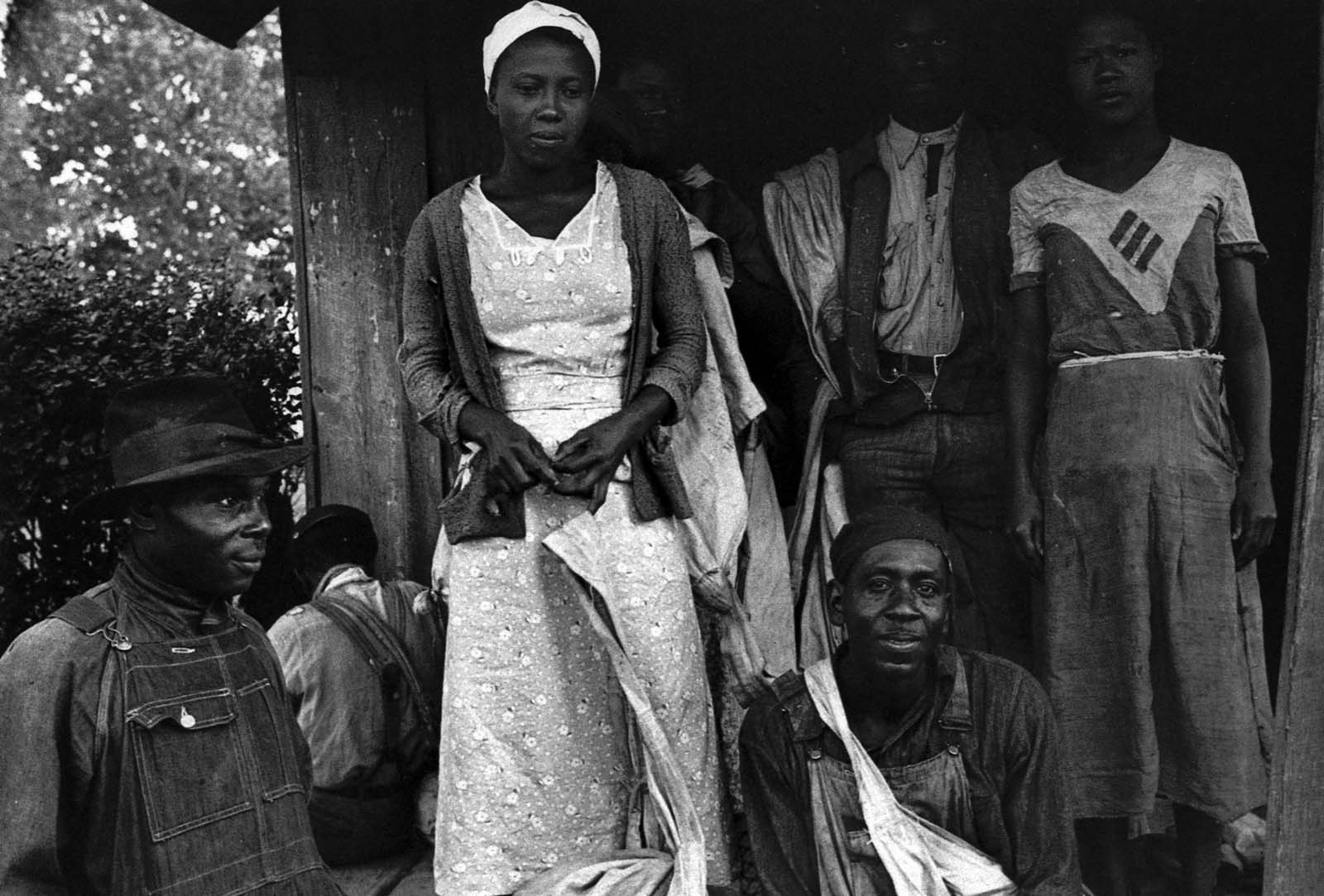


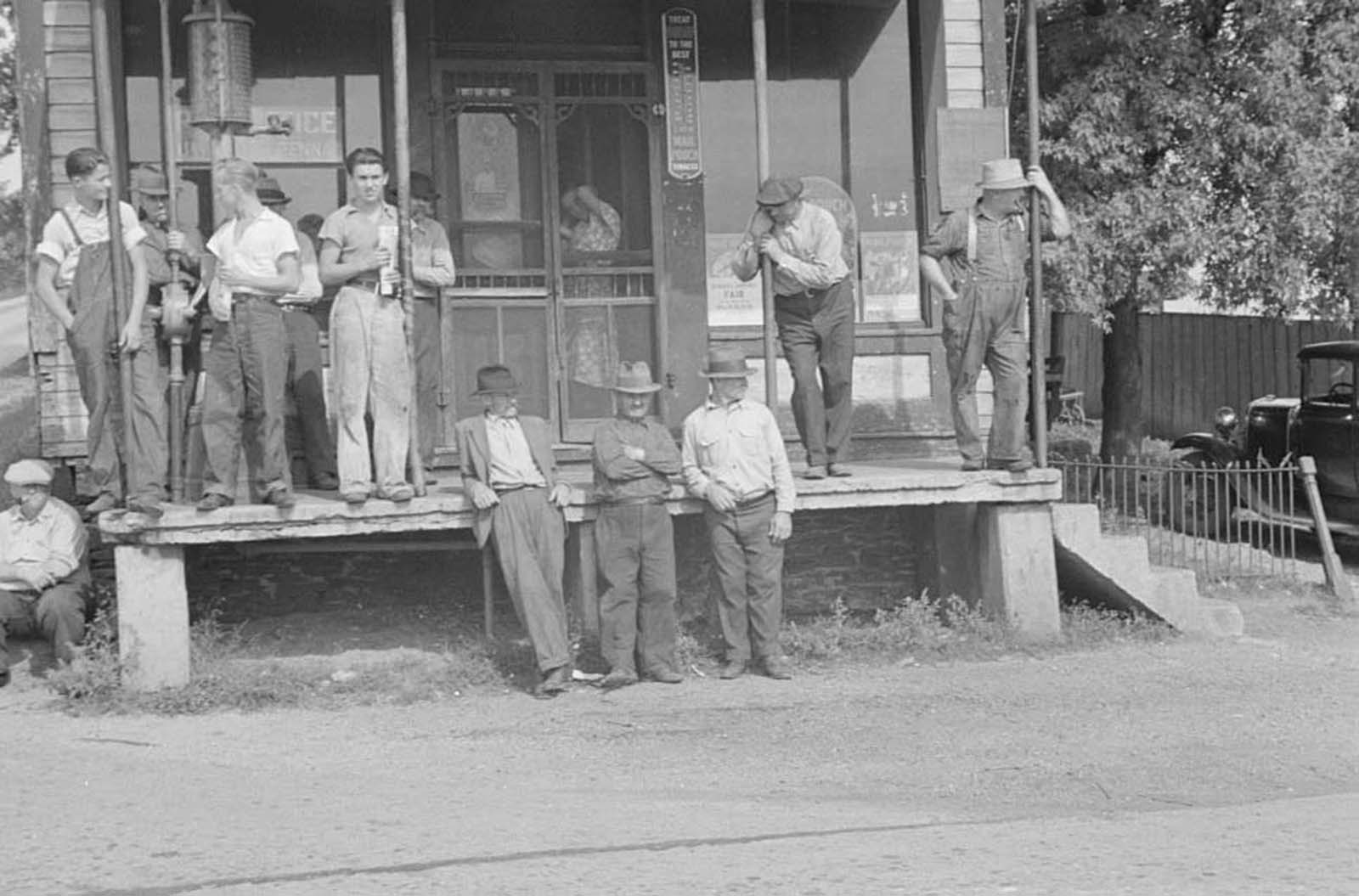
Video
Conclusion: The Enduring Lessons of the Great Depression
The Great Depression reshaped American society in ways that are still felt today. It changed the relationship between citizens and their government, established social welfare programs that have endured for generations, and reshaped the American economy. The photographs from this era not only capture the struggles of the time but also reflect the determination and hope that carried the country through one of its darkest periods. As we look back, these images serve as a reminder of the strength of the American people and the importance of resilience in the face of adversity.
